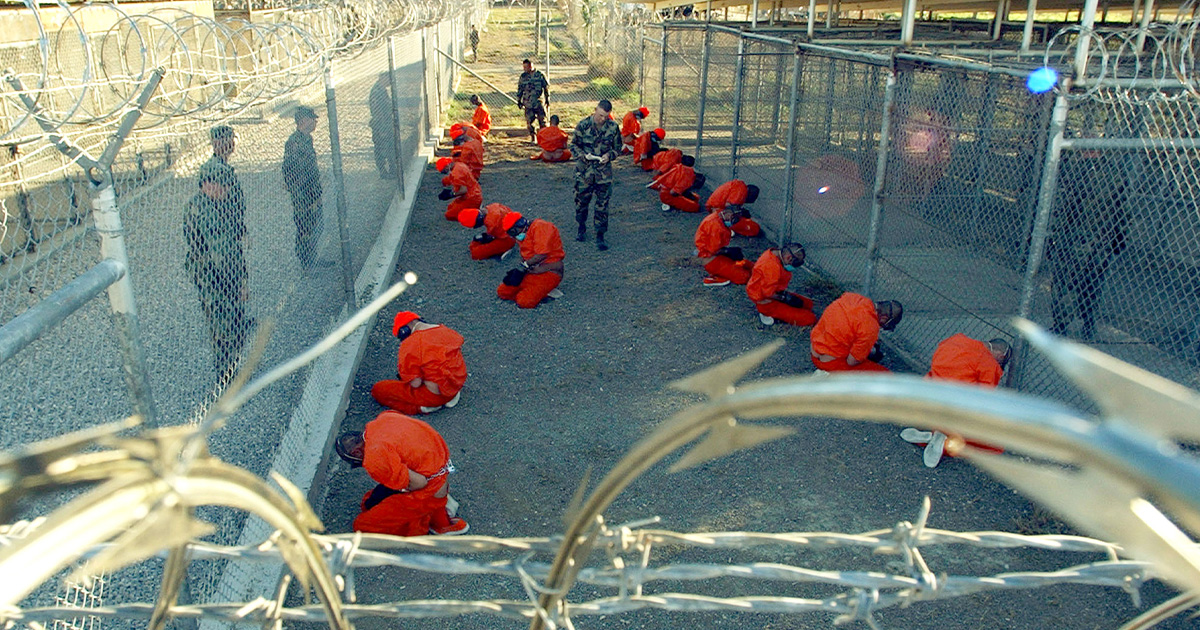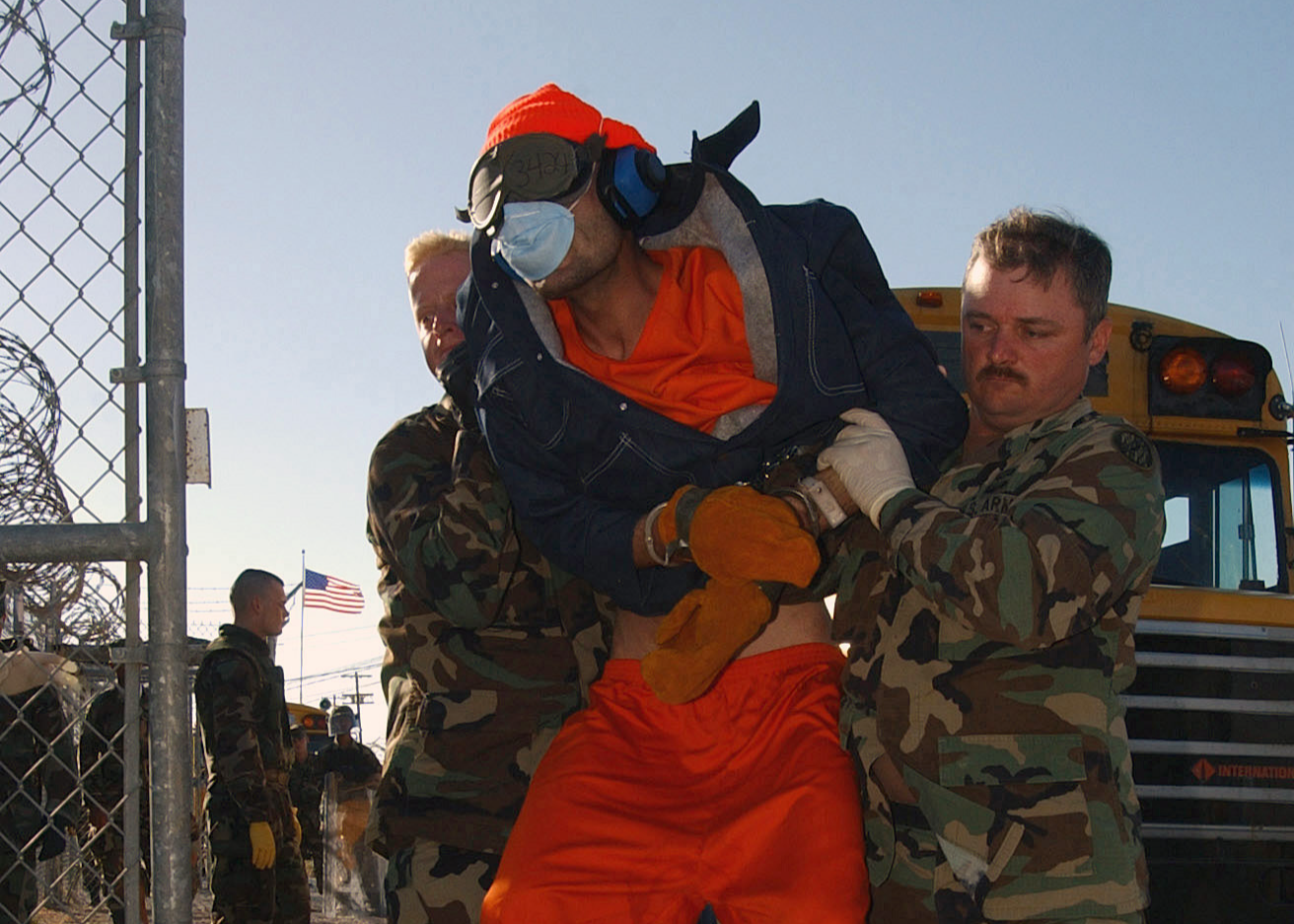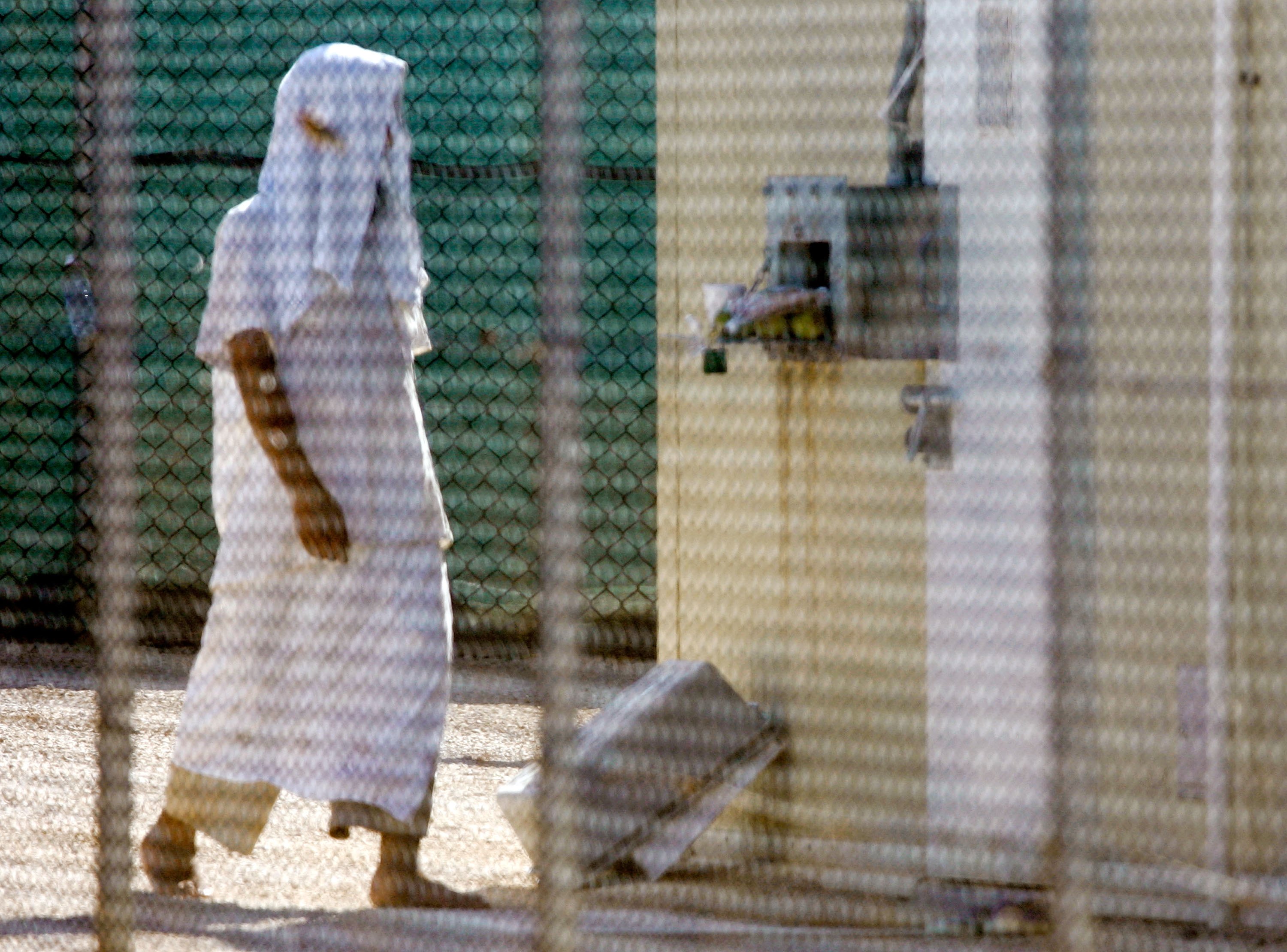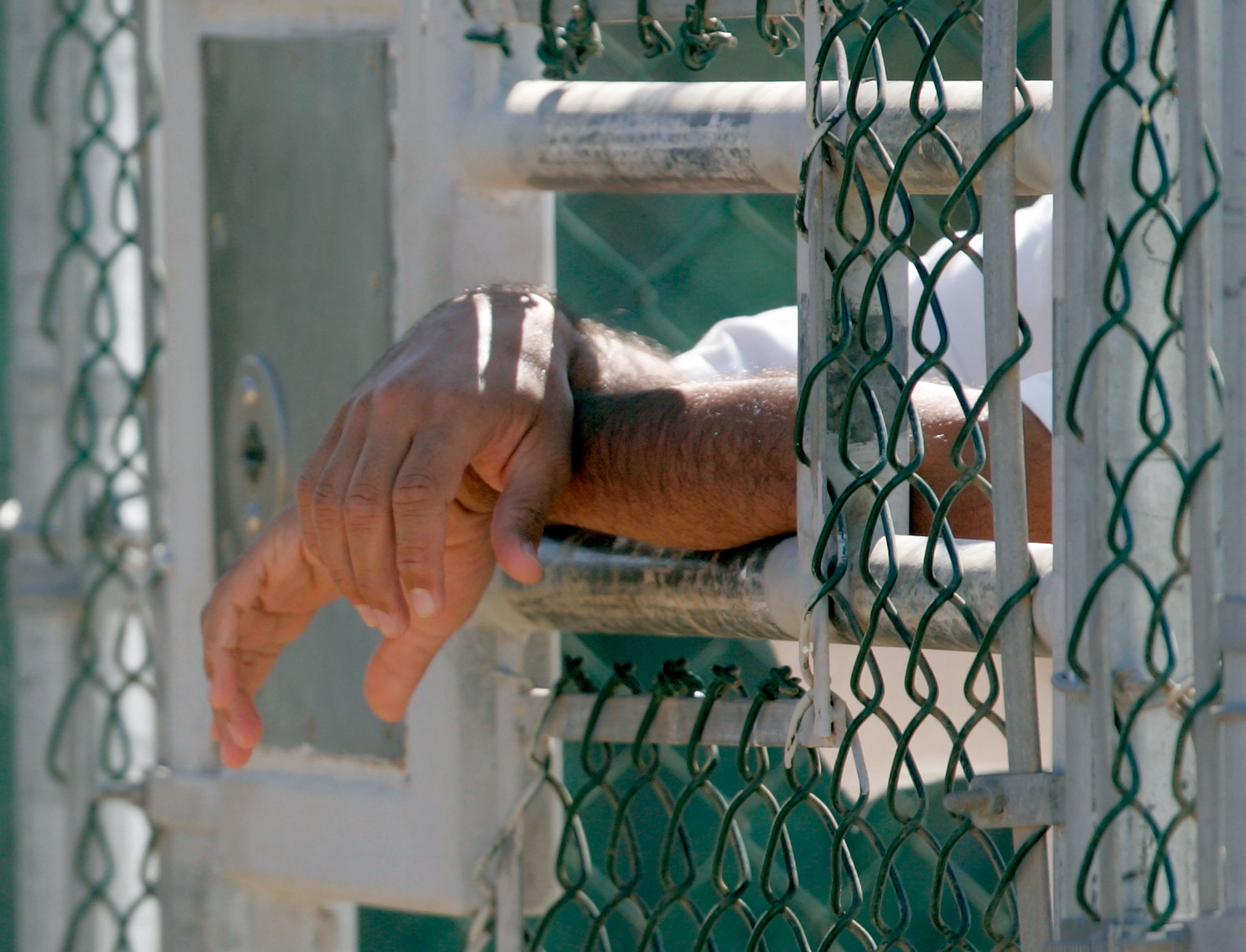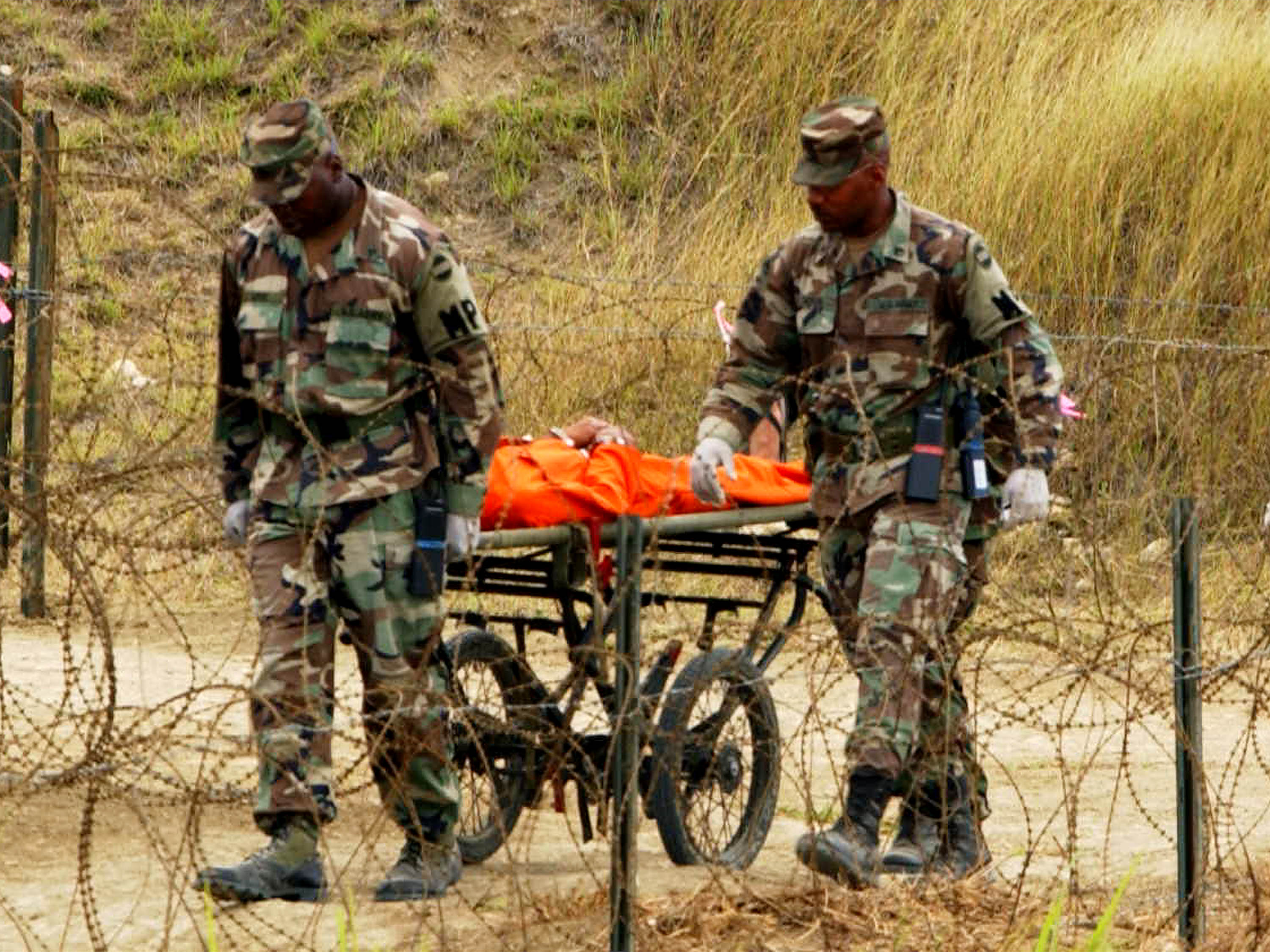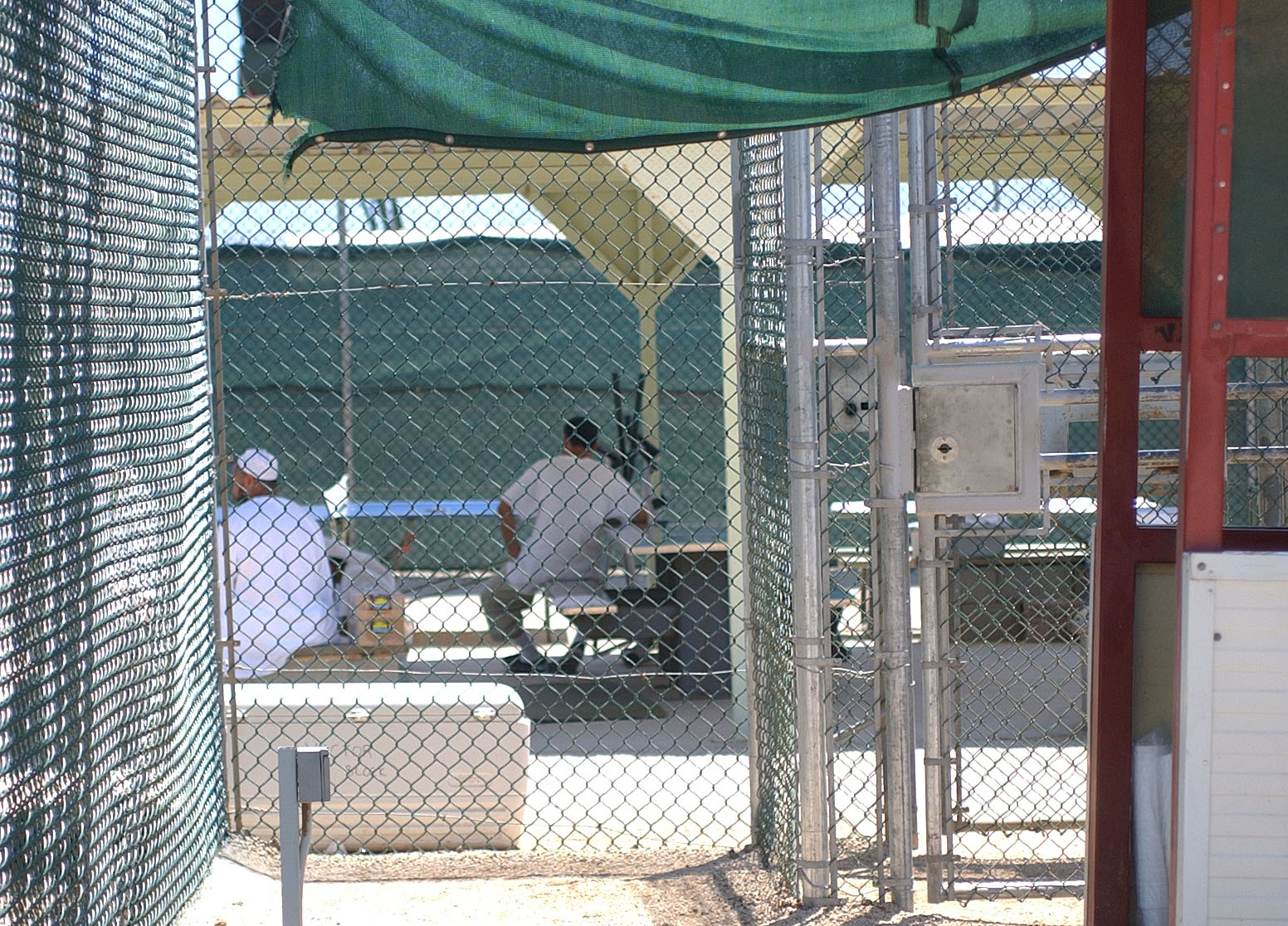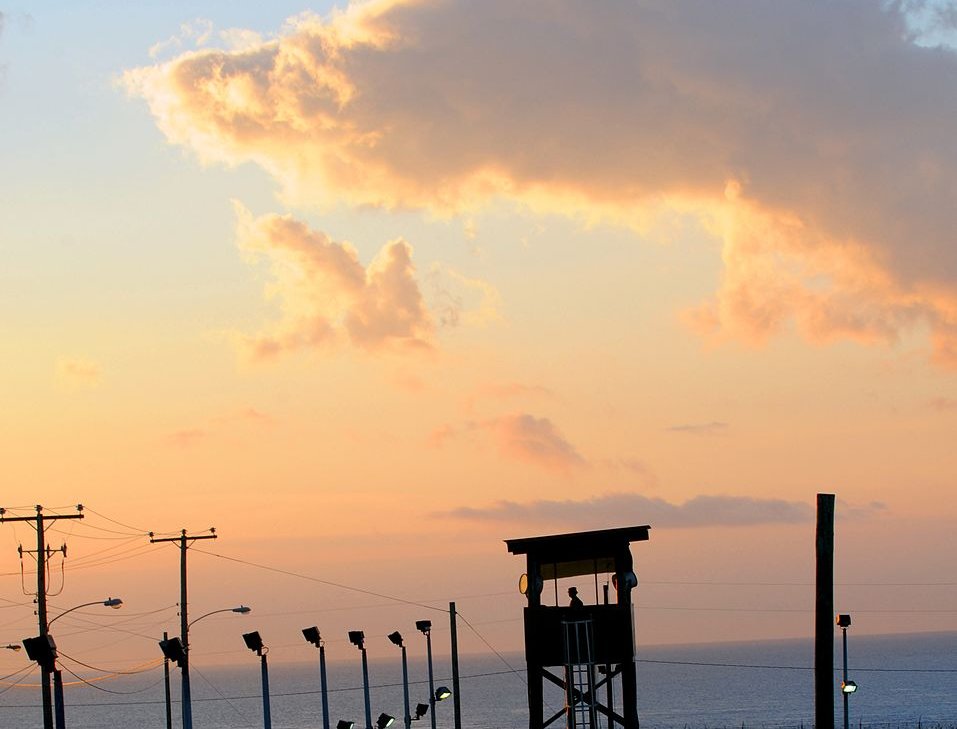Using Terror To Fight Terror
Guantanamo Bay was originally intended to be an “island outside the law”, where terror suspects could be detained without process and interrogation had no limits. Given this, it has gained notoriety for its brutal conditions, becoming a symbol of torture and rendition.
And while the prison was on the brink of closure, it didn’t quite happen. And now recent events involving the imprisonment of innocent migrants have prompted widespread concern.
Let’s take a look inside the Guantanamo Bay detention camp and find out what really goes on in one of the world’s most infamous prisons.
The Beginning
Shortly after the 9/11 attacks, US president George W Bush opened the Guantanamo Bay Detention Camp specifically to hold military prisoners—AKA the worst of the worst. The camp’s first detainees were close to a dozen men suspected of having connections to the 9/11 terror attack in America.
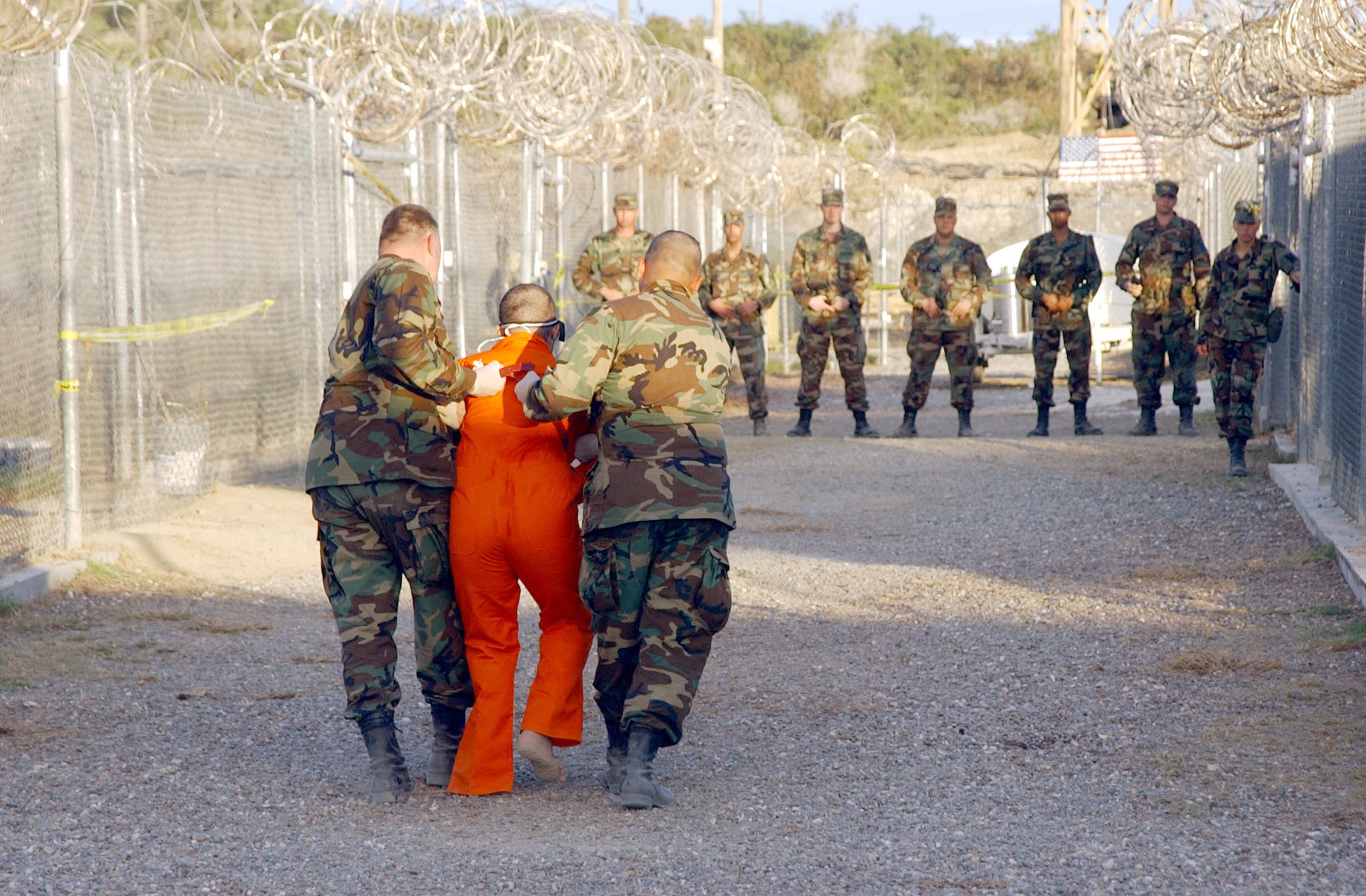 Photo by Petty Officer 1st class Shane T. McCoy/U.S. Navy, Getty Images
Photo by Petty Officer 1st class Shane T. McCoy/U.S. Navy, Getty Images
The Inmates
Since its opening in January 2002, at least 780 people labelled as “enemy combatants” from 48 different countries have been held at the camp. This number includes 15 juveniles—youth under the age of 18. And while the youth were held in a separate, “nicer” camp, complete with real beds and showers, the others had no such luck.
And while it may sound justified to some—the brutal conditions going on within the walls of Guantanamo Bay have been the subject of immense scrutiny since the very beginning.
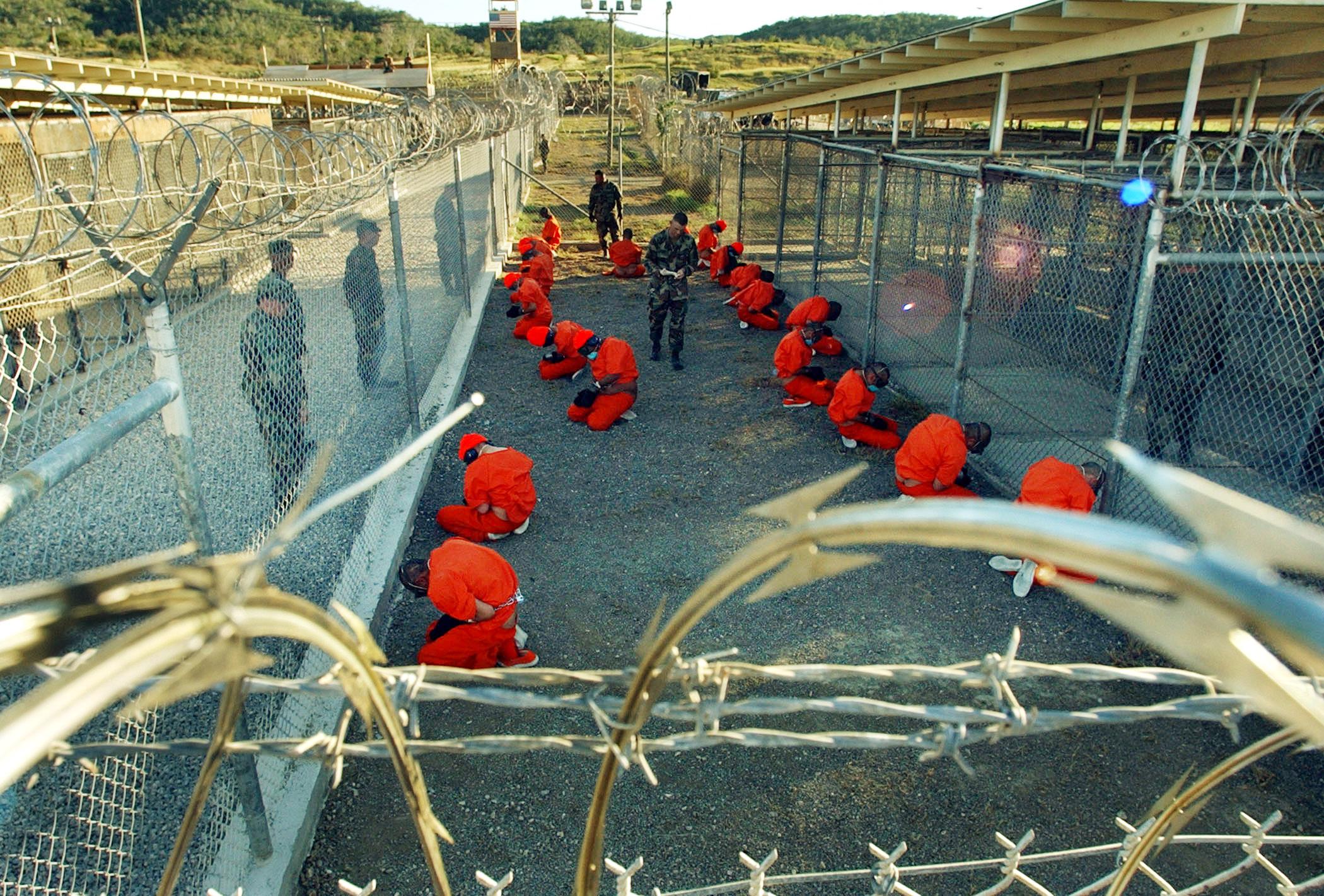 Photo by DOD / US NAVY / AFP, Getty Images
Photo by DOD / US NAVY / AFP, Getty Images
The Location
Guantanamo Bay (also known as GTMO or GITMO) is run by the US military, but it’s actually located in Cuba, on the Guantanamo Bay Naval Base—which may seem odd considering the cold diplomatic relations between the two nations. However, the land use dates back to treaties and a lease agreement signed in the early 1900s—of which have no expiration date.
Basically, Cuba has complete sovereignty, but the US exercises sole jurisdiction over the naval base. However, the detention camp was never actually meant to become permanent.
 Everett Collection, Shutterstock
Everett Collection, Shutterstock
Indefinite Detention
After the 9/11 attack, the US declared its “war on terror” and led a multinational military operation against Taliban-ruled Afghanistan to dismantle Al-Qaeda and capture its leader, Osama bin Laden.
During the invasion, President Bush issued an order to allow “indefinite detention” of foreign nationals without charge—as a way of preventing them from disputing their detention. So basically, any captured terrorists were to be immediately detained without cause or trial.
Now they just needed somewhere to put them.
 PETER MUHLY/AFP via Getty Images
PETER MUHLY/AFP via Getty Images
The Absence Of American Law
At Guantanamo Bay, habeas corpus—a legal recourse against unlawful detention—does not exist. This is said to be because the location exists outside of US territory.
So, in 2002, Camp X-Ray was established in Cuba. And it was widely believed that anyone who ended up there deserved what they had coming.
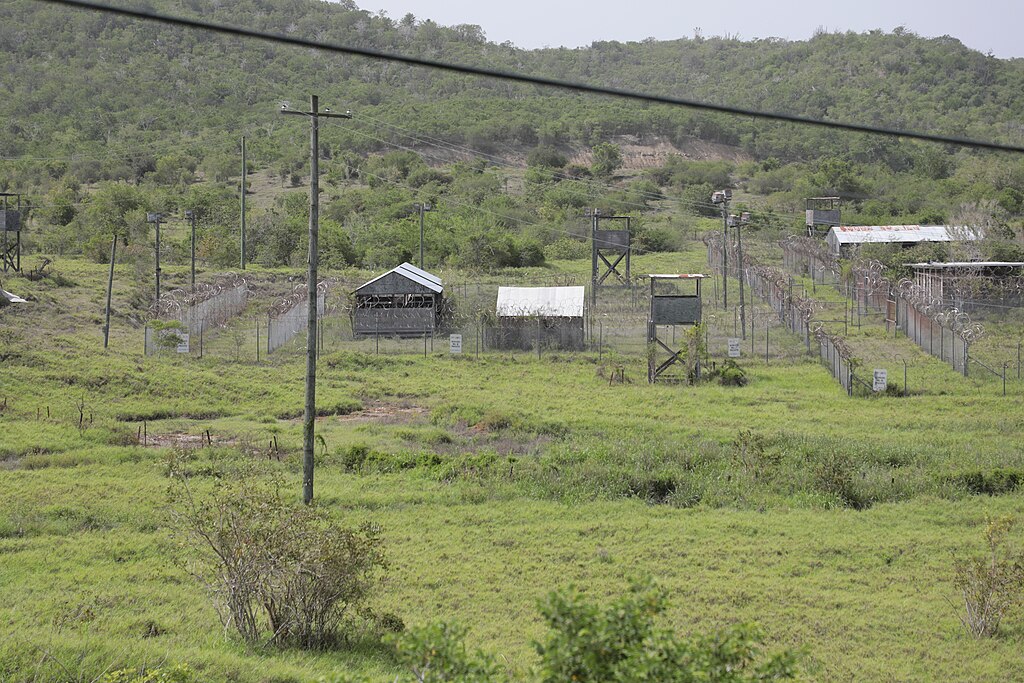 Spc. Joshua Talley, Wikimedia Commons
Spc. Joshua Talley, Wikimedia Commons
Camp X-Ray
Camp X-Ray started off as a temporary detention center for Al-Qaeda members and Taliban fighters primarily captured in Afghanistan. But within a year of its creation, the facility ended up housing over 680 prisoners, becoming a much more permanent set up for the world’s worst criminals—and how it grew so quickly is an important fact to note.
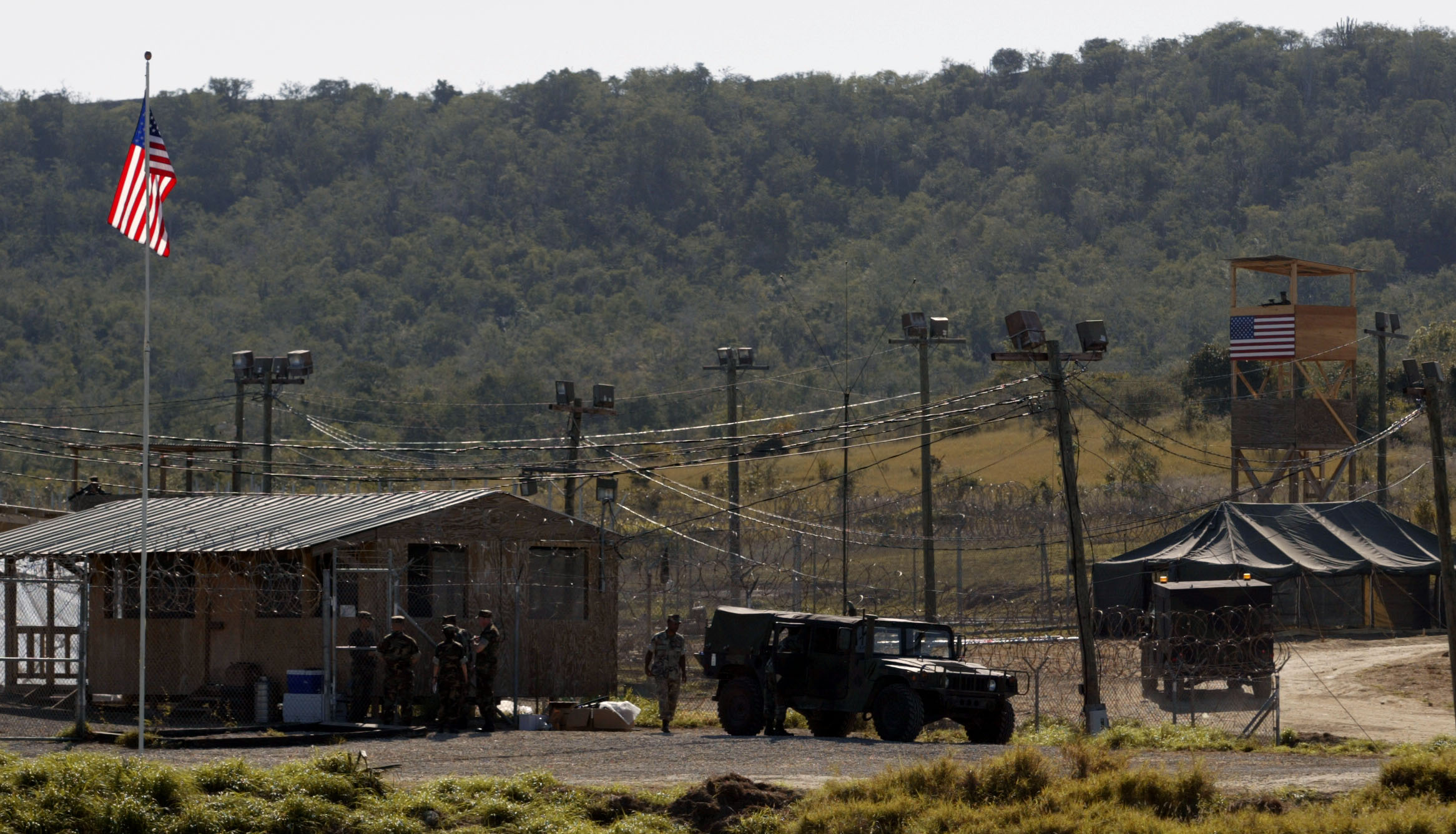 Brooks Kraft/CORBIS/Corbis via Getty Images
Brooks Kraft/CORBIS/Corbis via Getty Images
The Surge Of Inmates
Guantanamo Bay grew at a rapid pace. The majority of inmates secured at Camp X-Ray were taken there without any formal charge. That means that anyone who was perceived as a national threat was immediately detained and thrown into camp. And while it might sound like the US was doing a darn good job at securing alleged terror attackers, the truth is much darker—which we will get to later.
And what happened at the camp is not for the faint of heart.
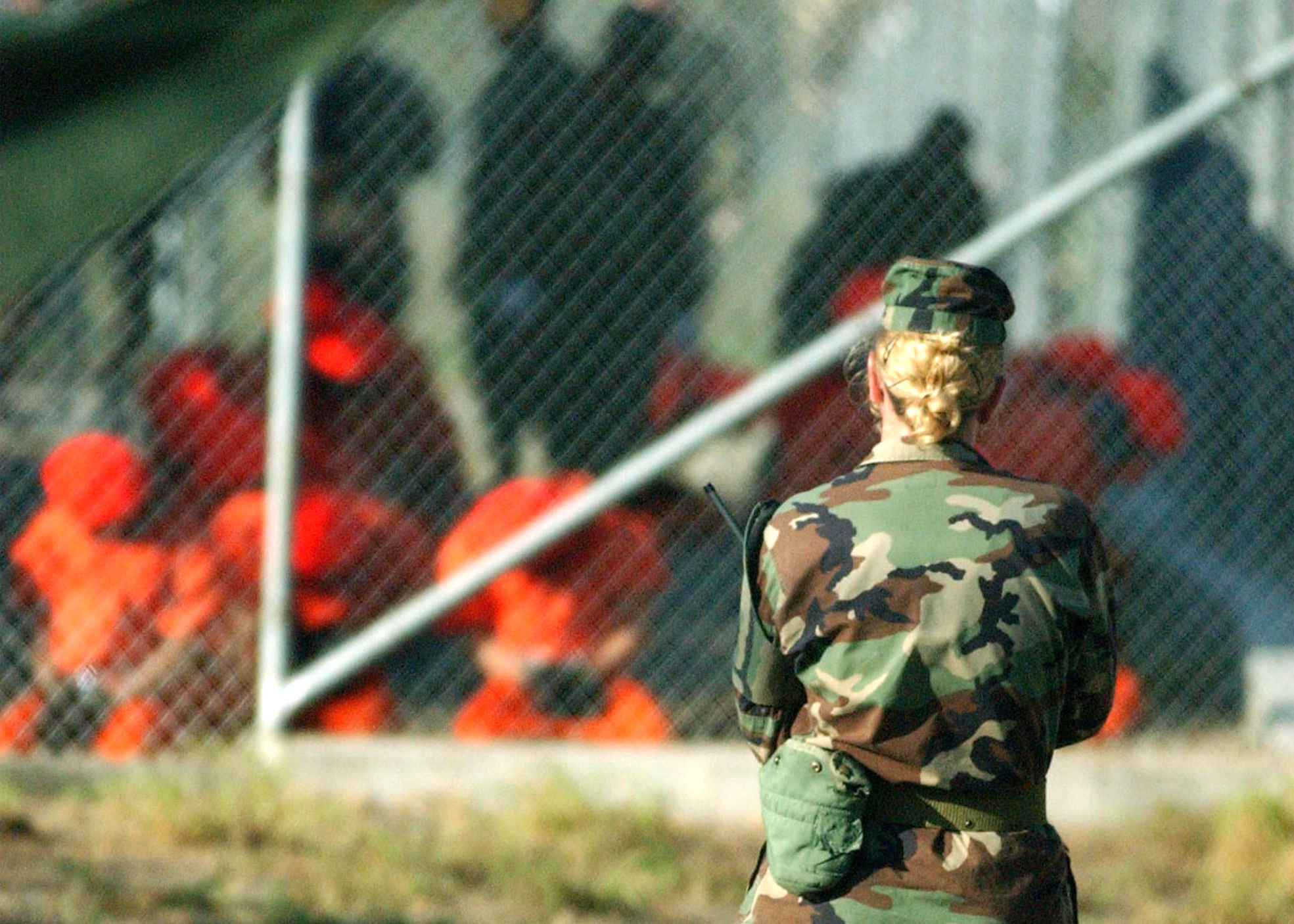 Photo by Petty Officer 1st class Shane T. McCoy/U.S. Navy/Getty Images
Photo by Petty Officer 1st class Shane T. McCoy/U.S. Navy/Getty Images
Arriving At Guantanamo
When detainees are taken to Guantanamo Bay, they’re dressed in typical orange jumpsuits, with their wrists and ankles shackled. But they must also wear orange hats, a face mask covering their mouth and nose, flip flops (or bare feet)—and blacked out goggles. Some even wear noise cancelling headphones.
They’re then taken individually by guards (2-3 per inmate) to a fenced in area and forced to kneel or sit with their heads downward, facing the ground while they await next steps.
Loopholes
Because the detention center was not technically on US soil, there were several loopholes when it came to the care and protection of those inside. The Bush administration maintained that it was not obliged to grant prisoners basic protections—even though this may have violated international human rights laws.
But basic human rights were the least of their worries.
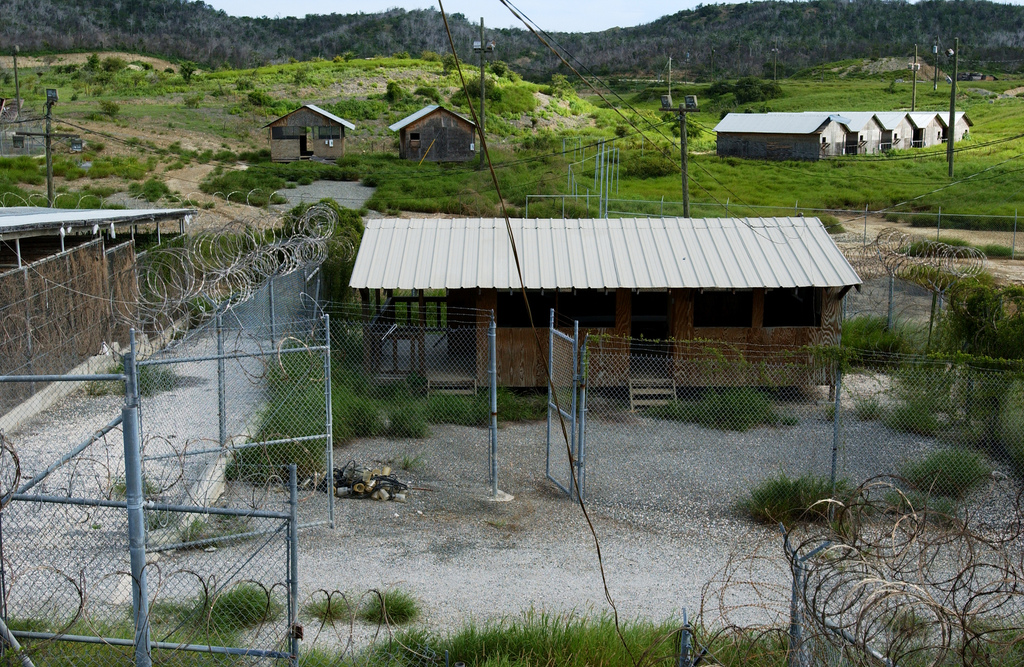 jeshua.nace, CC BY-SA 2.0, via Wikimedia Commons
jeshua.nace, CC BY-SA 2.0, via Wikimedia Commons
Camp Delta
When the detention center became more permanent, Camp X-Ray became Camp Delta, and is now the main camp. But there are other compounds, including Camp Echo, Camp Iguana, and of course the Guantanamo psychiatric ward.
Each camp has a few smaller camps represented in numbers. Camp Delta had 612 units at one point, and included camps 1 through 4. But Camp 7 is a hot topic.
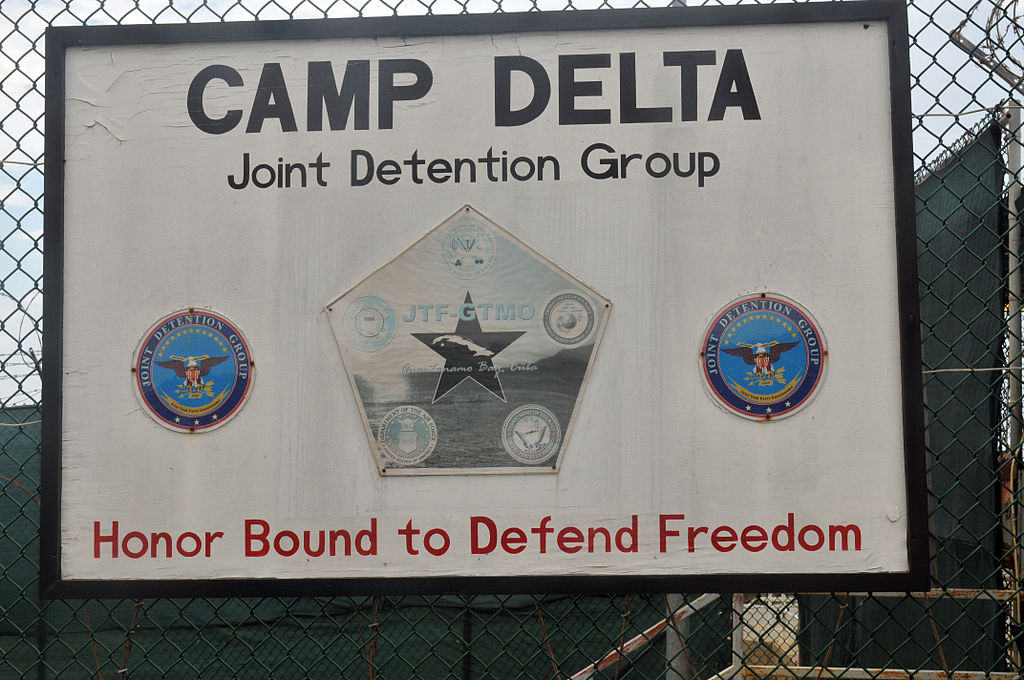 Spc. Brian Godette, Wikimedia Commons
Spc. Brian Godette, Wikimedia Commons
Camp 7
Camp 7 was a separate facility on the naval base that was considered the highest security jail on base. It held detainees who were previously imprisoned in secret CIA prisons around the world—known as black sites.
These “high-value detainees” mostly included those suspected of having involvement in the 9/11 attacks, and anyone with connections to Osama bin Laden.
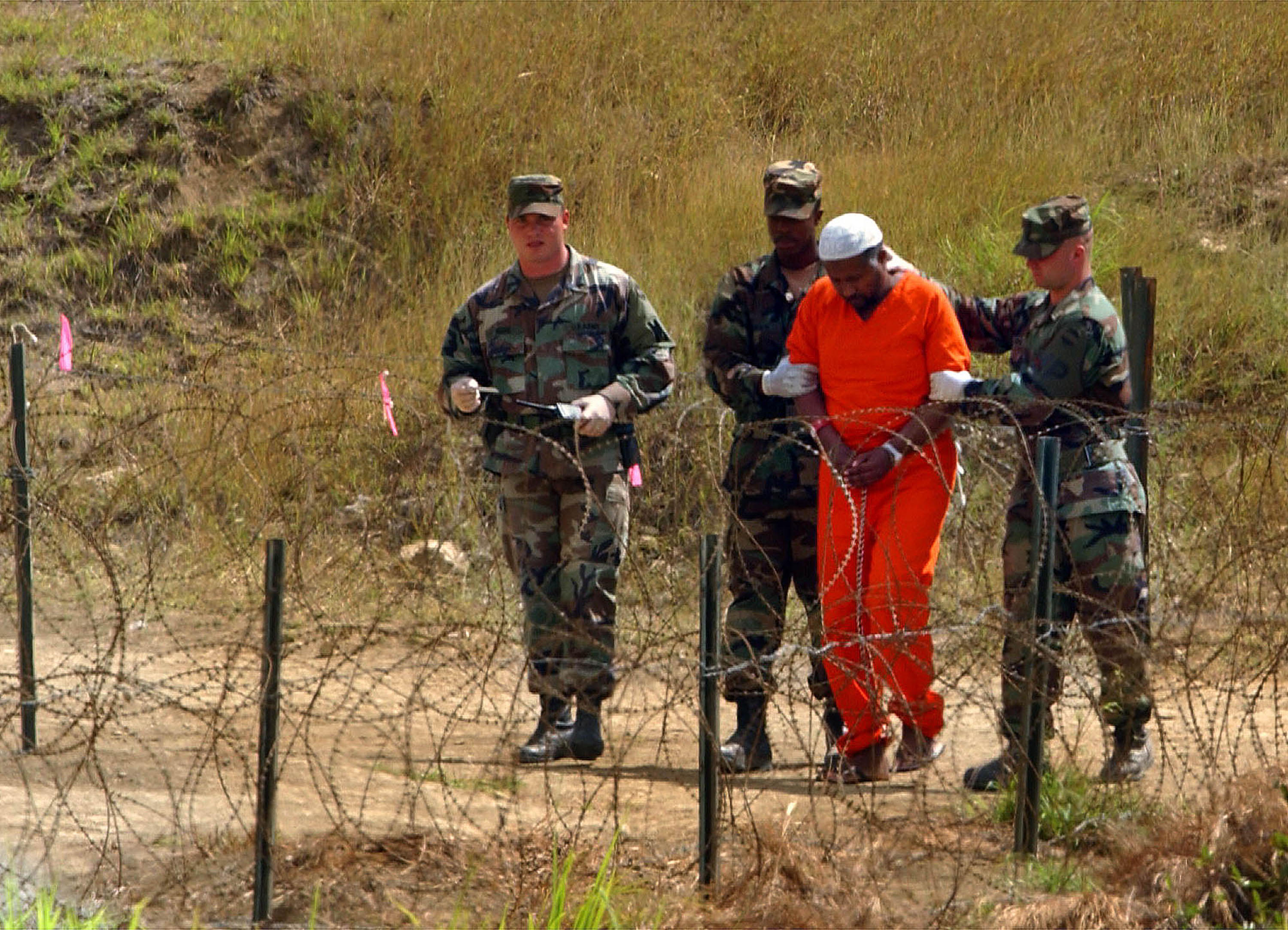 Photo by Chris Hondros/Getty Images
Photo by Chris Hondros/Getty Images
Camp 7
The exact location of Camp 7 has never officially been confirmed. But it’s been reported that in 2021, it was closed down due to “deteriorating conditions” and the inmates were moved to another camp—where they continued to hold their heinous reputations.
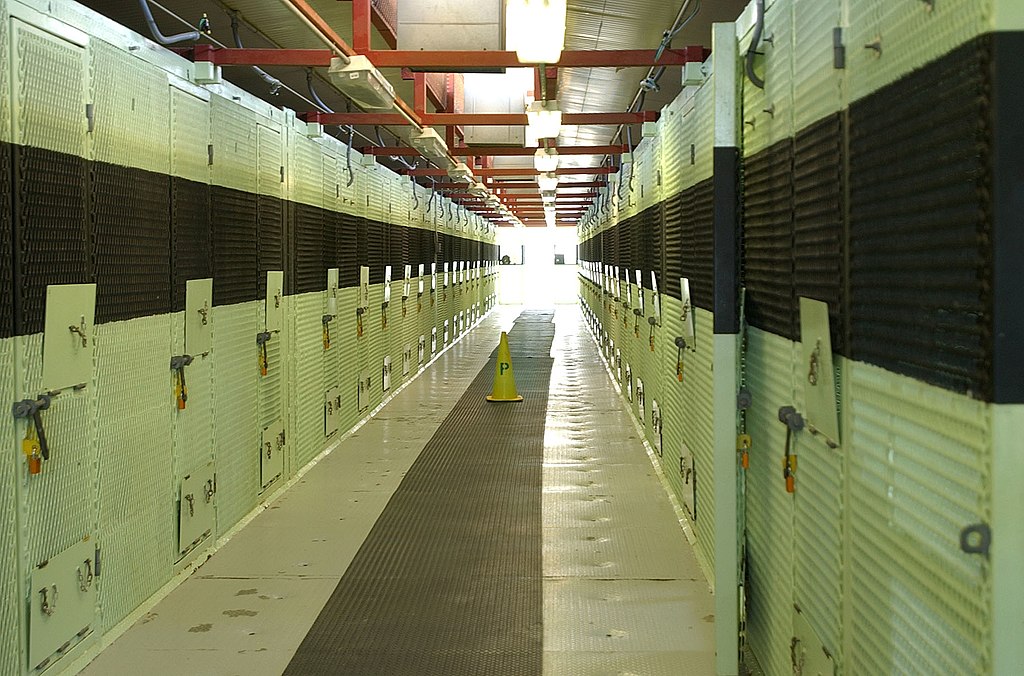 US Federal Government, Wikimedia Commons
US Federal Government, Wikimedia Commons
Guarding The Camp
The detention center at Guantanamo Bay is heavily guarded by the Joint Task Force of Guantanamo, which is made up of a number of highly-trained military soldiers. The guards, who outnumber prisoners 5 to 1, constantly walk the camps and do visual checks on their inmates every three minutes.
And while it is said that the guards were required to keep a “calm and unemotional demeanor” at all times, we will later find out just how untrue that may be.
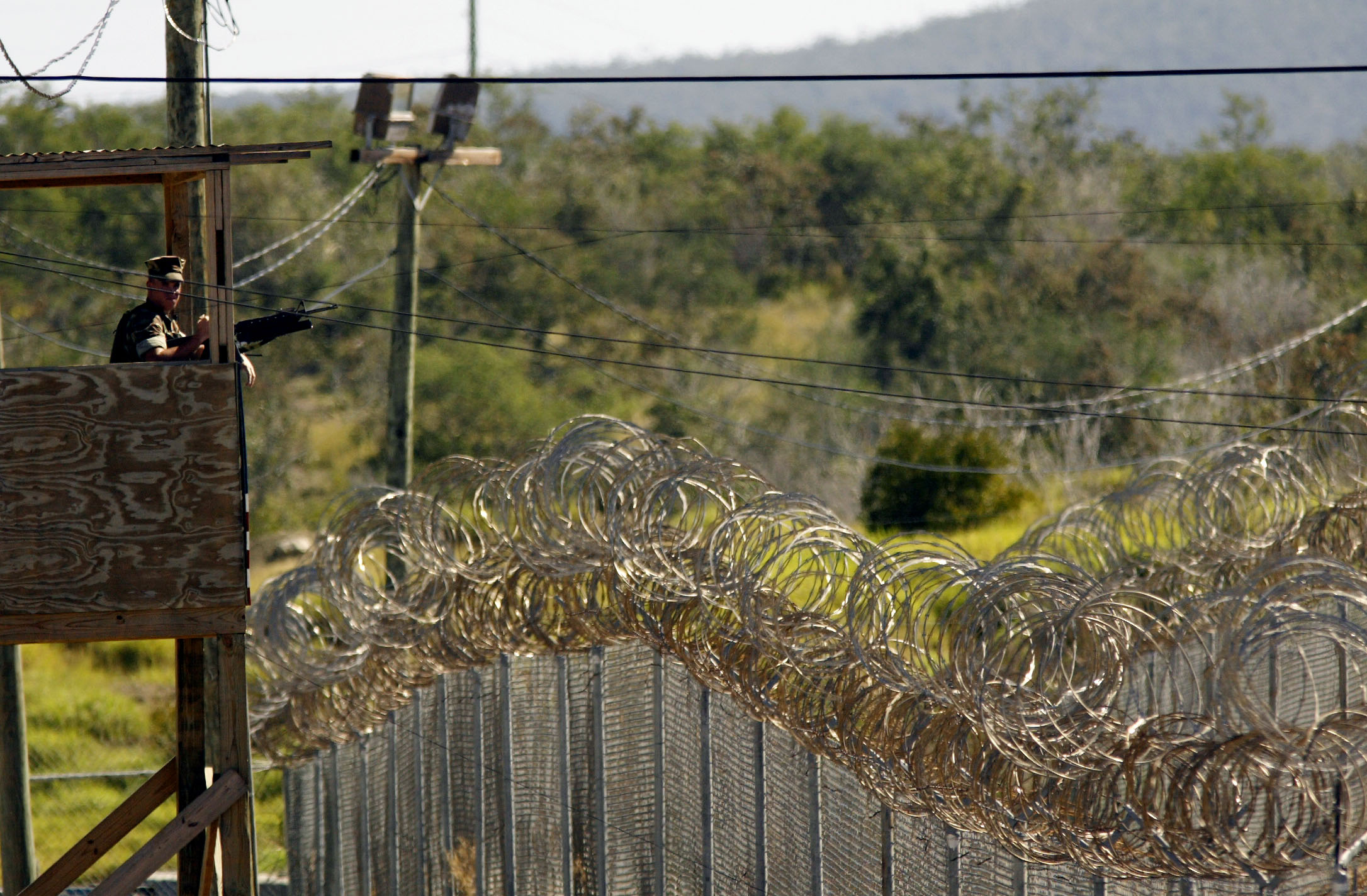 Brooks Kraft/CORBIS/Corbis via Getty Images
Brooks Kraft/CORBIS/Corbis via Getty Images
Escaping Guantanamo Bay
US officials claim that no one has ever successfully escaped the tightly secured detention center. Aside from intense lock features, alarm systems, and a slew of cameras, the facility is also surrounded by layers of tall fencing equipped with sensors that can detect movement between the fences, wire cutting, and vibrations in the ground—making getting over the fence nearly impossible already.
Not to mention, the facility is situated inside a US Naval Base that is chock-full of military personnel, boats, and helicopters—and the island is surrounded by shark-infested waters. So, even if an inmate were to get out the building, they essentially have nowhere to run to.
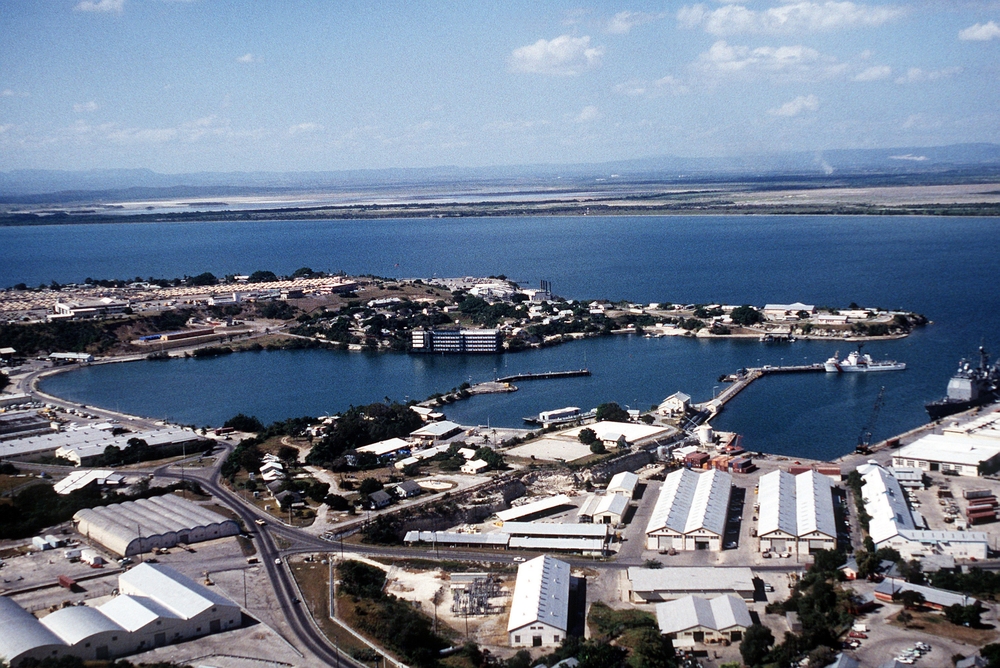 Everett Collection, Shutterstock
Everett Collection, Shutterstock
The Prison Cells
Even though the detention center was literally created to house the worst criminals in the world, most camps closely mirror that of other high-security prisons. Prison cells include a bed with light bedding, a toilet, a sink, and a small desk. They have access to toiletries, prayer mats, and healthy, well-proportioned foods. Some detainees even have access to televisions.
But of course, not all detainees are treated equal—and for some, the experience is harrowing.
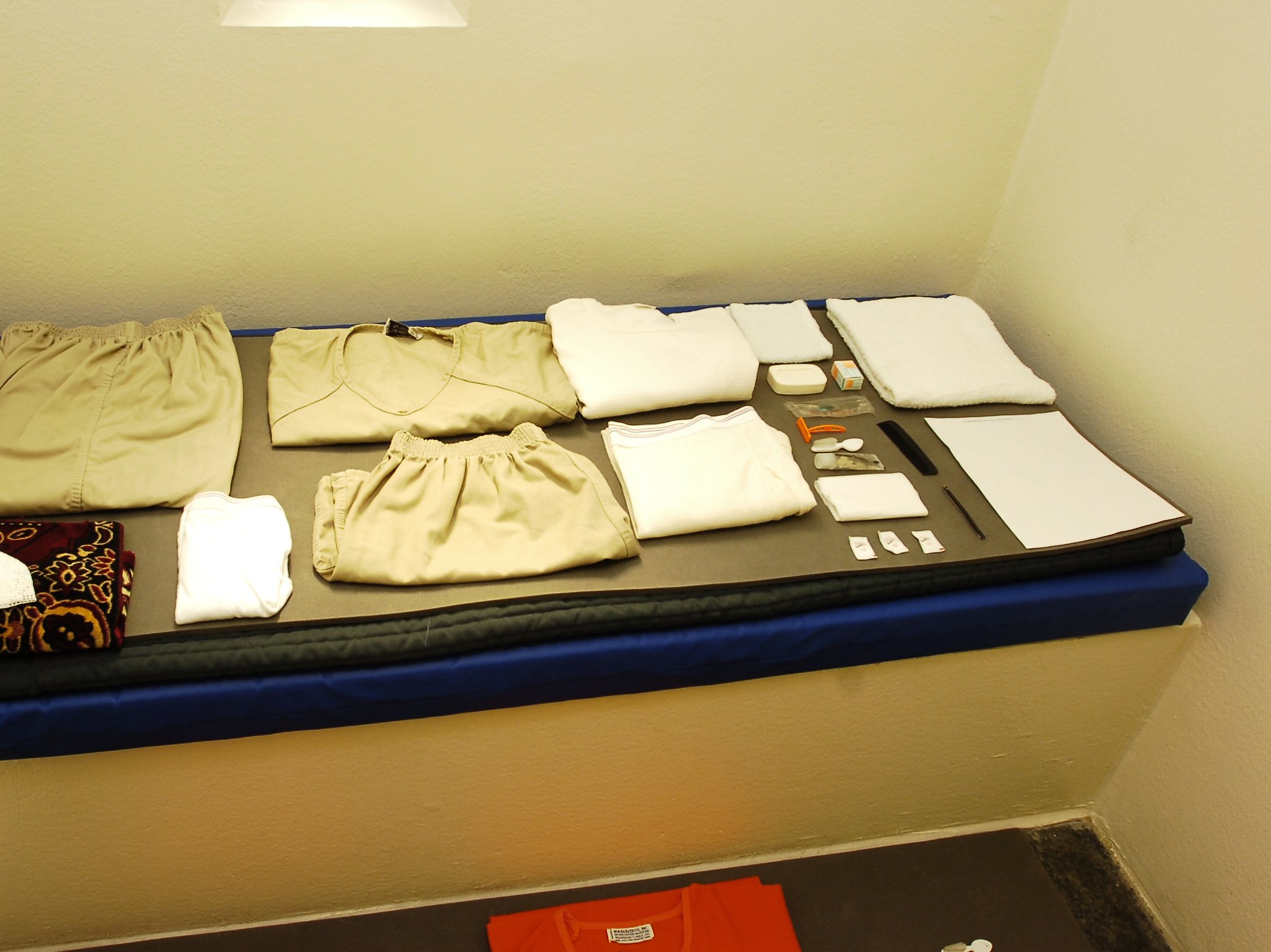 Michael Billings, Wikimedia Commons
Michael Billings, Wikimedia Commons
Hunger Strikes
In addition to their mostly well-kept facilities, Guantanamo Bay is also well equipped with torture devices. Though, they don’t like to call them that. One device in particular is a restraint chair that is used to force-feed detainees who go on hunger strikes. Apparently, inmates are strapped down and forcefully fed liquid food (like Ensure) through tubes that some say were often swapped between inmates without cleaning, and always without sedation.
And while they claim this practice is to “benefit” the starving inmate—there are other practices that are purposely done to cause pain and suffering.
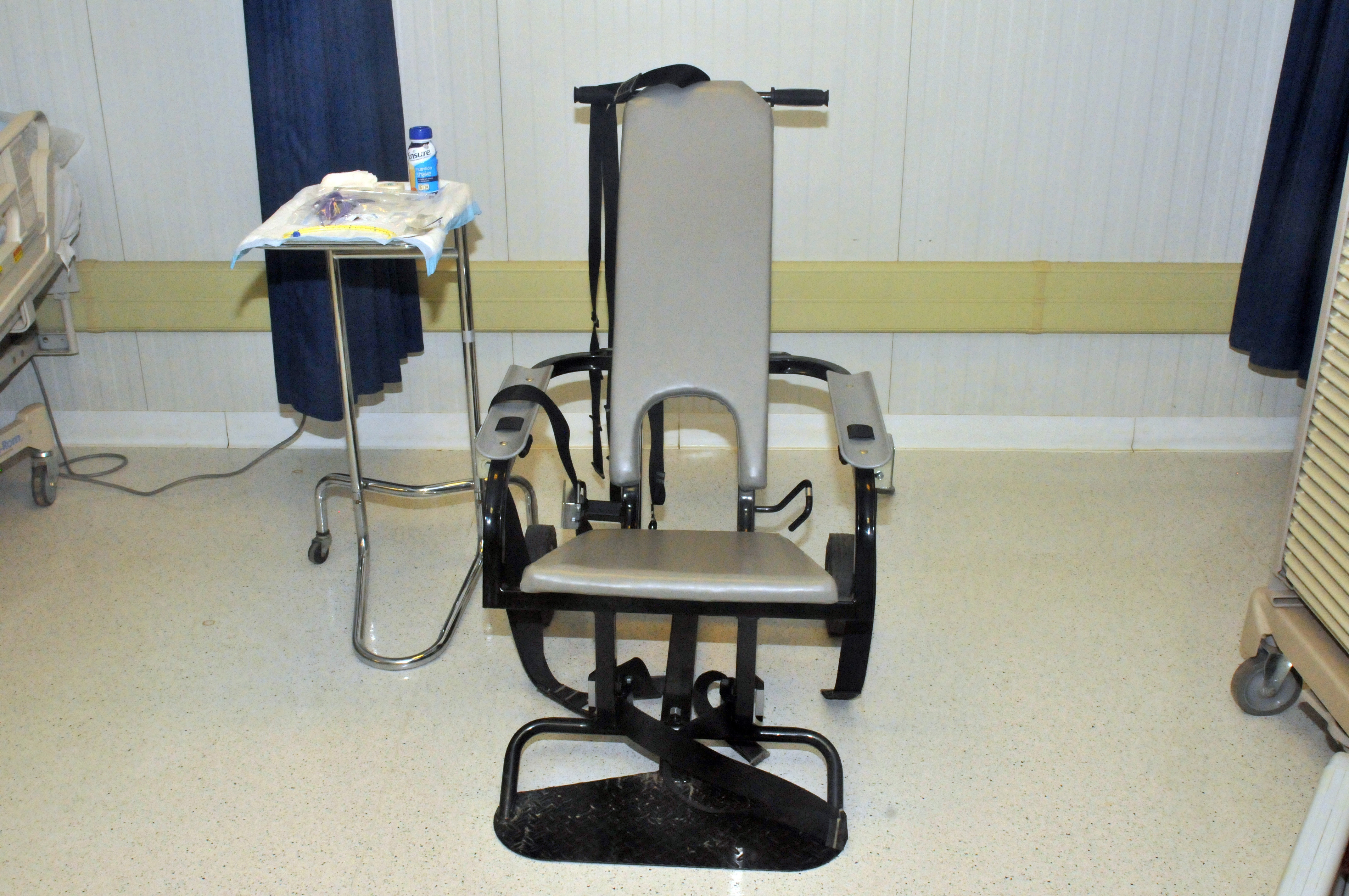 Sgt. Brian Godette, Public domain, via Wikimedia Commons
Sgt. Brian Godette, Public domain, via Wikimedia Commons
Ignoring Ethical Standards
According to various reports, current and former detainees claim to have endured various forms of torture. In fact, former employees of the detention center also concur. A 2013 report concluded that health professionals working there “designed and participated in cruel, inhumane and degrading treatment and torture of detainees”.
Medical professionals were apparently strictly ordered to ignore ethical standards during involvement in barbaric interrogations—and that’s not even the worst of it.
 U.S. Navy photo by Mass Communication Specialist 3rd Class Joshua Nistas, via Wikimedia Commons
U.S. Navy photo by Mass Communication Specialist 3rd Class Joshua Nistas, via Wikimedia Commons
Enhanced Interrogation Techniques
There are actually a vast number of supporters of controversial techniques, especially for prisoners connected to Al-Qaeda or the Taliban. Many of these inmates were subjected to various acts of torture under the guise of “enhanced interrogation techniques”—and they were absolutely horrifying.
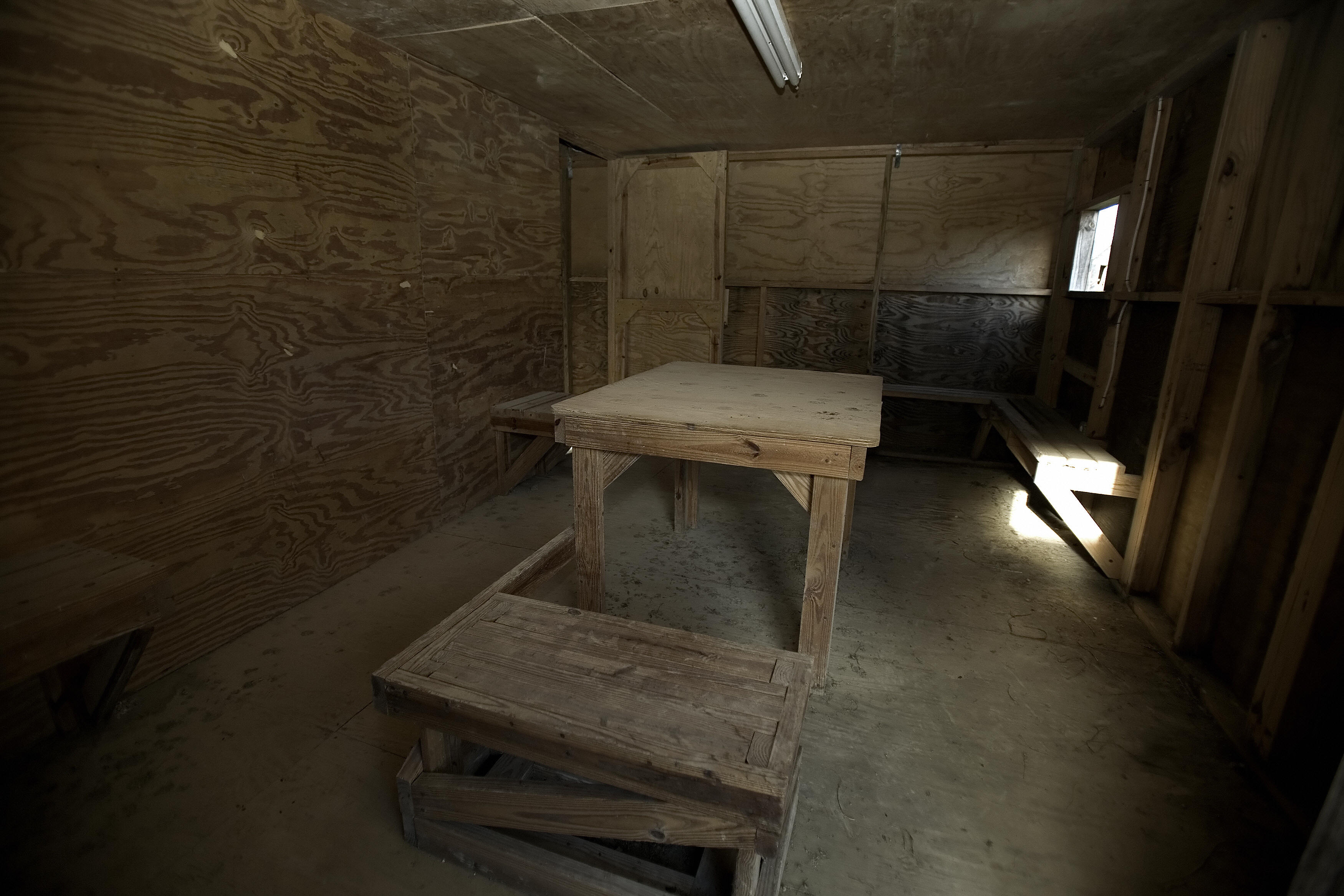 PAUL J. RICHARDS/AFP via Getty Images
PAUL J. RICHARDS/AFP via Getty Images
The Third Degree
The camp’s “interrogation techniques” included: sleep deprivation, waterboarding, severe beatings, carnal violations, stripping them of their clothing and forcing them into stress positions, subjecting them to loud music and flashing lights, putting hoods over their heads, exposing them to extreme temperatures, forced injections and many more heinous activities that shouldn’t be discussed.
Usually, these torturous interrogations "served a purpose", though.
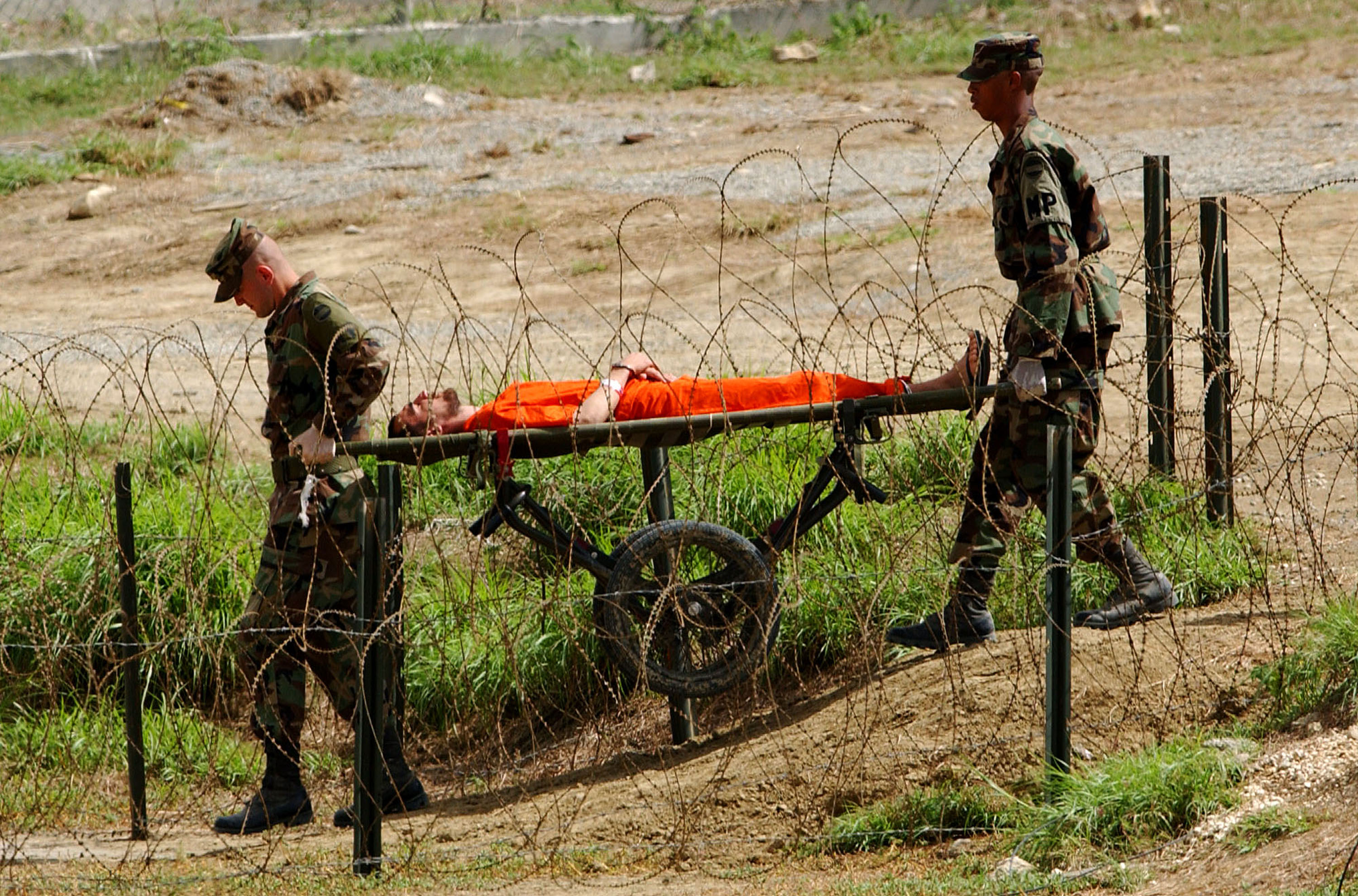 Photo by Chris Hondros/Getty Images
Photo by Chris Hondros/Getty Images
Prying For Information
The detainees that were subjected to these heinous acts of torture were those who were believed to be connected to targeted terror groups, and could provide information about future terror plans, and the locations of leaders (namely Osama bin Laden).
It was strongly believed that brutal interrogations were necessary to bleed information from detainees—but there was one major flaw in their plan.
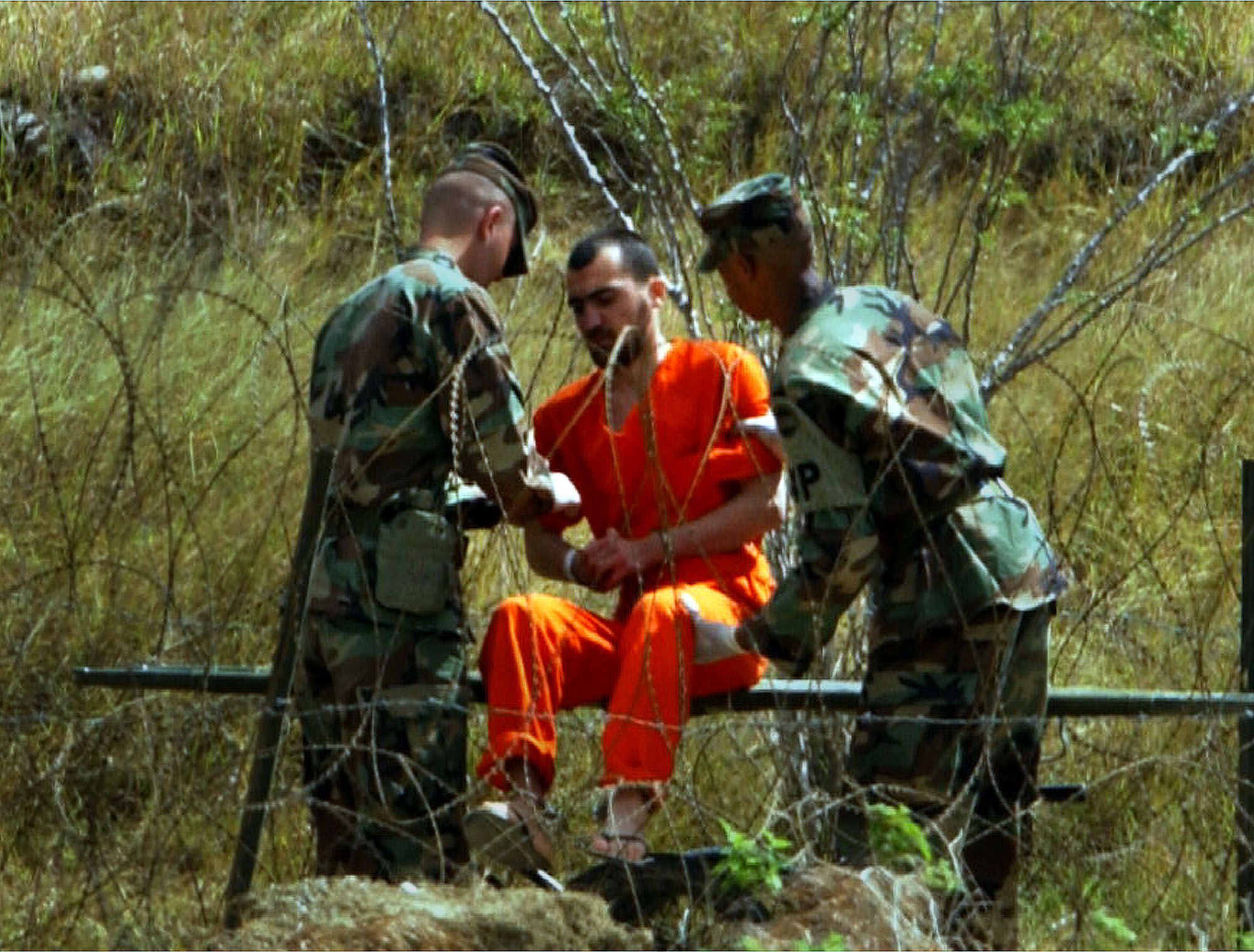 Photo by Chris Hondros/Getty Images
Photo by Chris Hondros/Getty Images
Getting Blood From A Stone
The majority of the prisoners rotting away at Guantanamo Bay were taken there without cause. And that meant that many of them may have actually been innocent of the crime they were believed to have committed—and then they were brutally tortured for information that they simply could not provide.
The infamous “Tipton Three” are the perfect example.
The Tipton Three
Three young British Muslim prisoners, known in the media at the time as the “Tipton Three”, were released from Guantanamo Bay in 2004, without charge, after it was apparently determined that they had not actually committed the crimes they were accused of.
The three men were captured in Afghanistan in 2001 and detained at Guantanamo as “enemy combatants”. Their capture was sudden, and their families were not informed of where they were taken.
Were they guilty of treason, or were they victims of a misunderstanding? Opinions are divided. But what they revealed to the world about Guantanamo made headlines.
Reader Discretion Advised
The three young men, who were in their twenties at the time of their detention, had a lot to say when they finally returned home to the UK. And it’s certainly not easy to hear.
The men claim they were repeatedly beaten with broken glass and barbed wire, burned with smokes, forcibly injected with substances, deprived of sleep, photographed unclothed, and subjected to unnecessary body cavity searches.
But that’s not all.
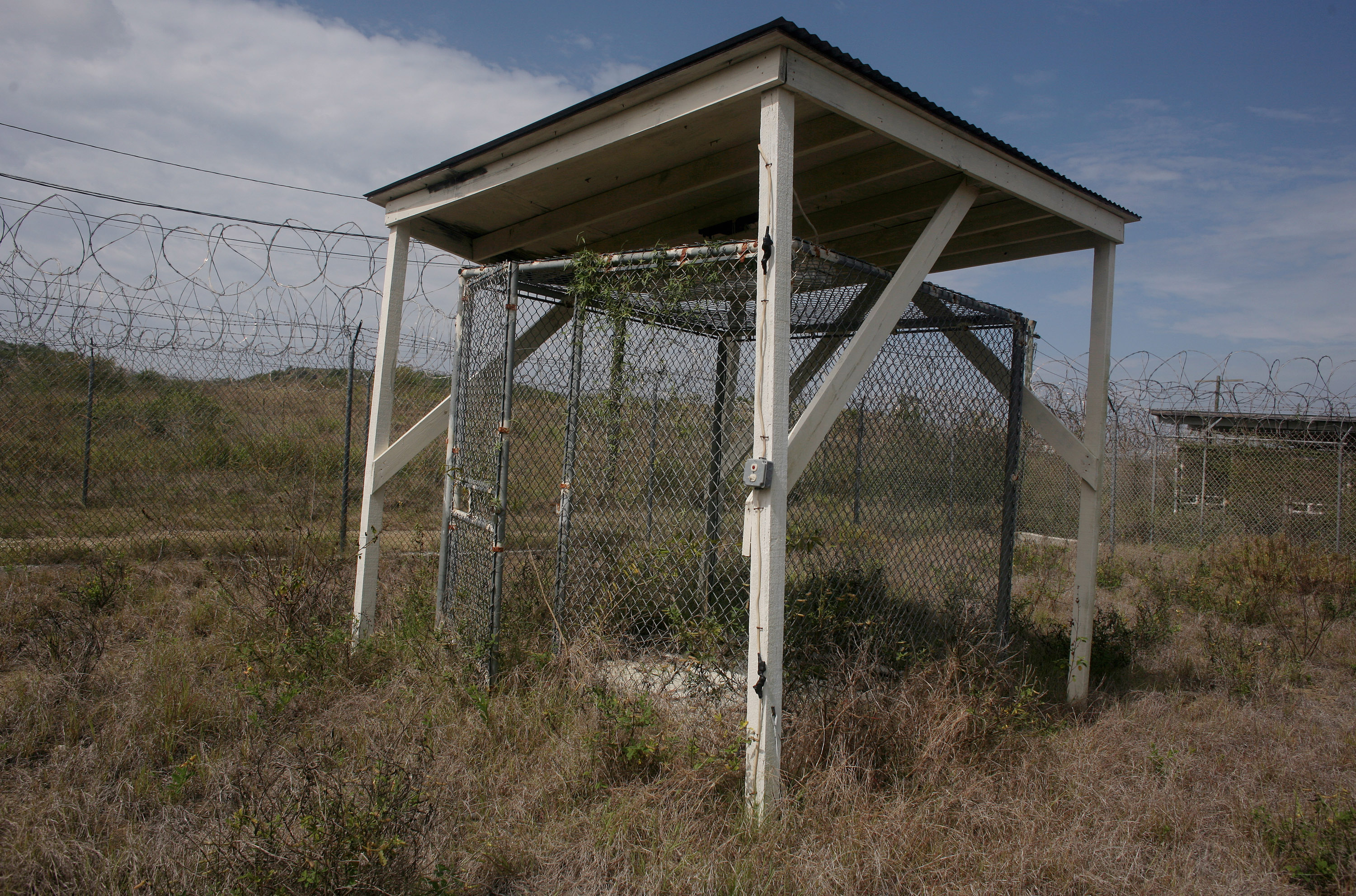 Andrew Lichtenstein/Corbis via Getty Images
Andrew Lichtenstein/Corbis via Getty Images
Brutal Generalizations
According to their personal statements, guards had allegedly told them things like, “You killed my family in the towers and now it's time to get back at you”, and “The world does not know you're here. We could kill you and no one would know”. They were also told during interrogations that they’d be there for the rest of their lives, regardless of what they did or did not tell the guards.
According to government officials though, guards were explicitly told not to speak to detainees at all—to avoid unintentionally passing on information.
And if that’s not bad enough, it still gets worse.
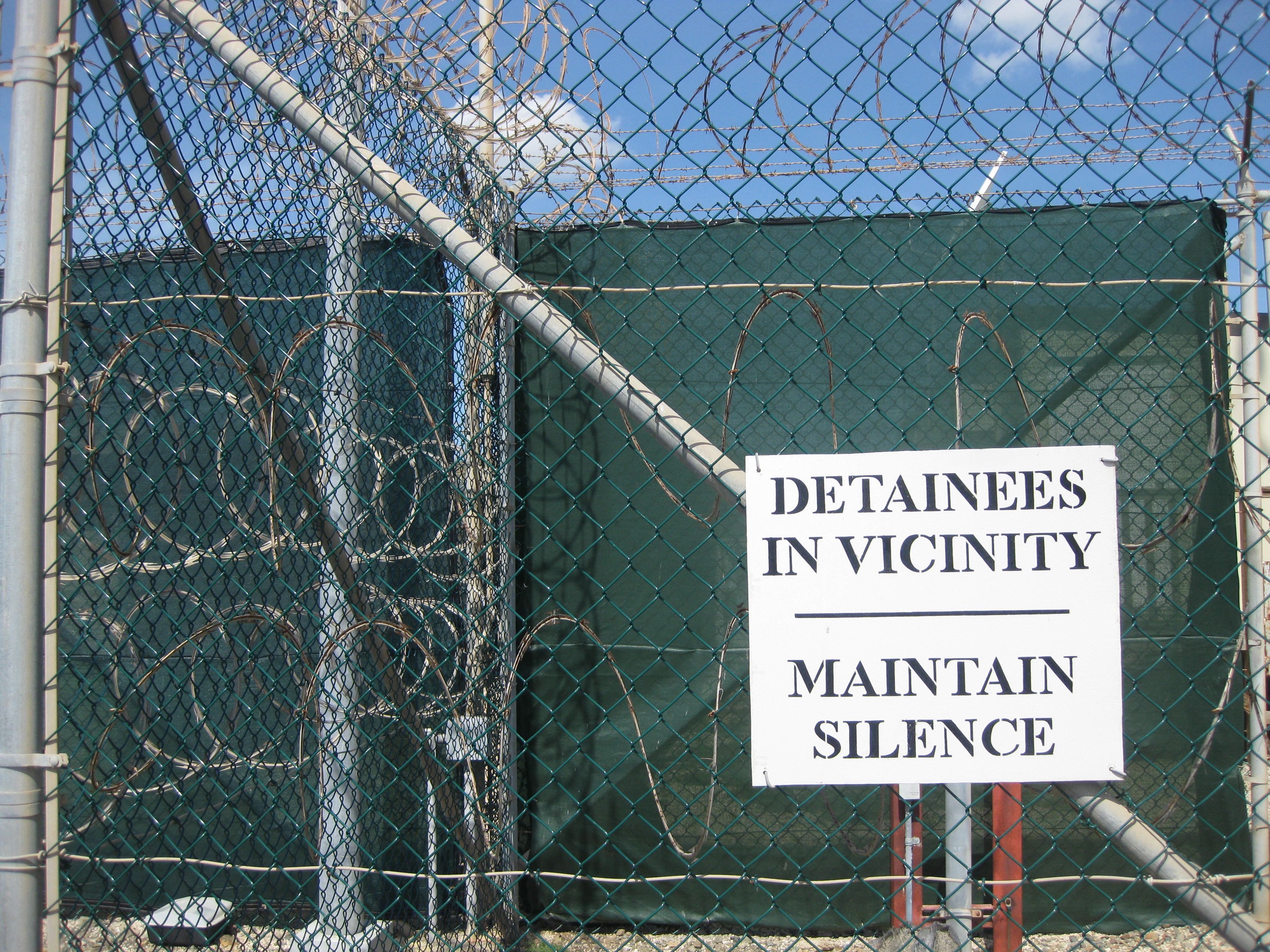 Virginie Montet/AFP via Getty Images
Virginie Montet/AFP via Getty Images
Unspeakable Accusations
The young British men also claimed to have witnessed other horrifying acts performed on other inmates, especially mentally ill detainees. One man was apparently left brain damaged after being beaten as a punishment for attempting to take his own life.
And they also claim to have seen a video of hooded men, apparently inmates, being forced to engage in intimate acts with each other.
And while these torturous acts seem like the worst thing possible, there was something else going on that was equally as disturbing.
 Kevin Cowan, Wikimedia Commons
Kevin Cowan, Wikimedia Commons
Religious Mistreatment
Human rights advocates had a field day when they found out that detainees at Guantanamo were subjected to religious mistreatment. Not only were they not permitted to practice their religion, they were apparently also repeatedly harassed because of it.
It was widely believed that the majority of these men were actual terror assassins, who misinterpreted their own religion as “an excuse” for their monstrous acts. As a result, camp guards allegedly flushed their Qurans down the toilet, or defaced them, writing comments and remarks inside, tearing pages, and taking them away completely.
Thankfully, this horrific practice has phased out—at least for most detainees.
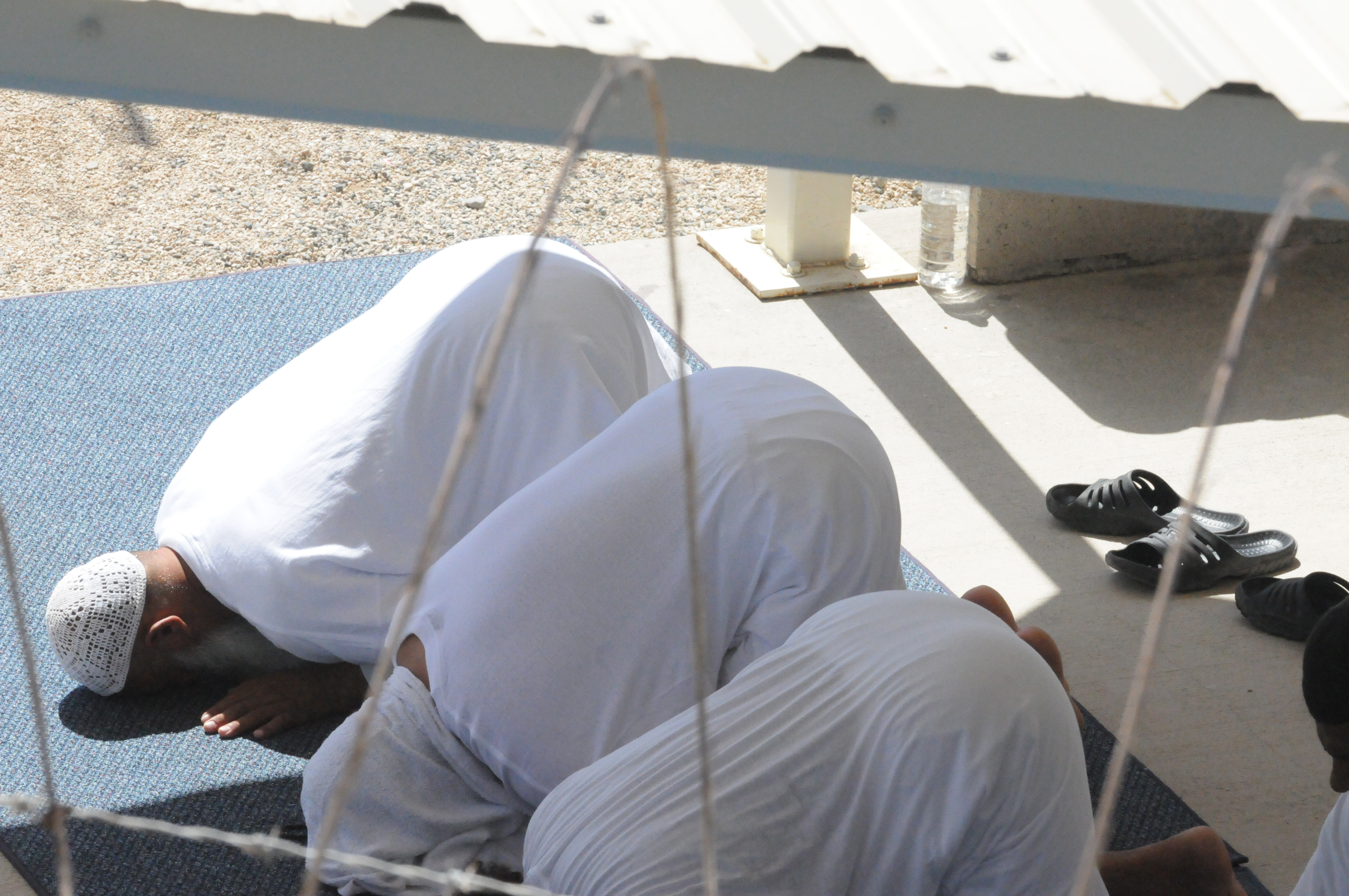 Senior Airman Gino Reyes, Wikimedia Commons
Senior Airman Gino Reyes, Wikimedia Commons
The Guilty Ones
Of course, there were people at Guantanamo who received torturous treatment because they were actually guilty of their crimes. However, the torture ended up being their ticket out.
Australian detainee David Hicks is the perfect example of this.
 Jayme Pastoric, Wikimedia Commons
Jayme Pastoric, Wikimedia Commons
David Hicks
David Hicks is an Australian man who attended Al-Qaeda's training camp in Afghanistan. He supposedly traveled to Pakistan after converting to Islam to "learn more about the faith", eventually leading to his time in the training camp. He even met with Osama bin Laden personally—but he claims he had no idea the group targeted civilians.
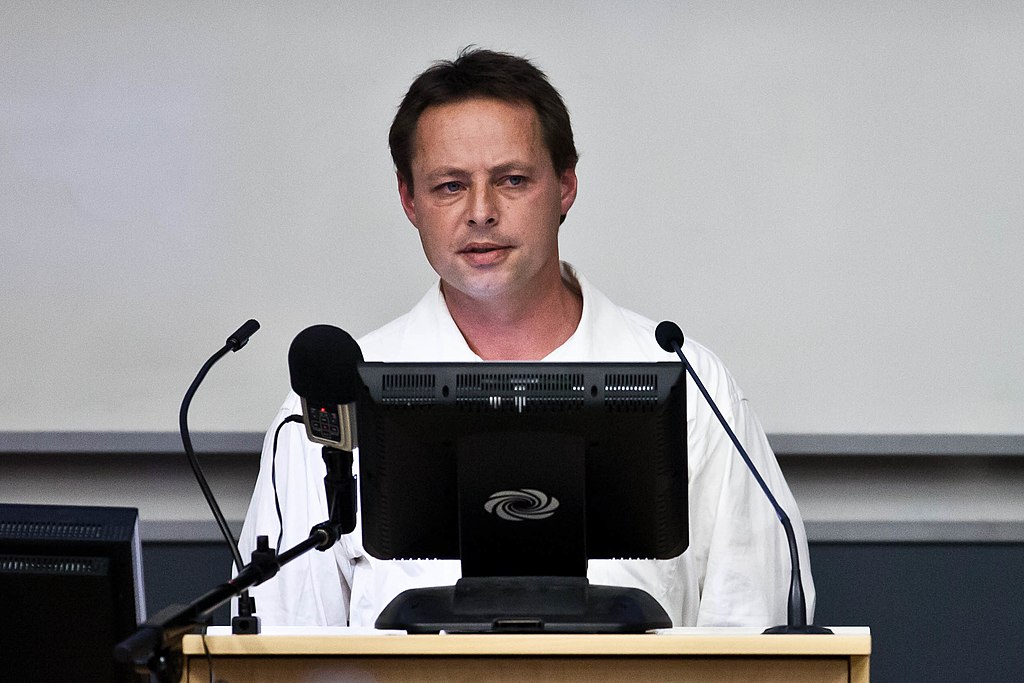 Adam Thomas, CC BY 2.0, Wikimedia Commons
Adam Thomas, CC BY 2.0, Wikimedia Commons
David Hicks
Hicks was captured after Afghan tribesmen handed him over to US officials in exchange for a $5,000 bounty. He was then tortured for five years before he was eventually convicted in 2006 after he actually pled guilty to his crimes, admitting to providing material support for numerous terror attacks—but that was later overturned because of an oversight with the law at the time of his conviction. Public outcry put stress on government officials, and Hicks was then released back into society.
Of the nearly 800 detainees at Guantanamo, it’s impossible to say who was actually innocent and who was guilty—and believe me, they tried.
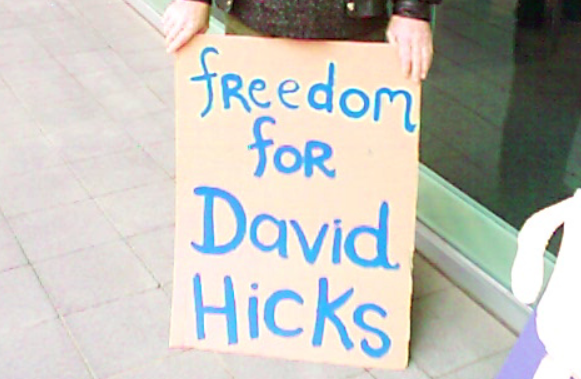 Image by Flickr user: Karen Eliot via Wikimedia Commons
Image by Flickr user: Karen Eliot via Wikimedia Commons
Fudging The Numbers
Over the years, there were countless people looking into the conditions at Guantanamo Bay, but many believe the US military fudged the numbers, and withheld accurate information. In the end, though, reports claimed that 756 people had been released or transferred to other facilities, and apparently only nine people died while in custody—three of whom took their own lives.
But these numbers may also not be true.
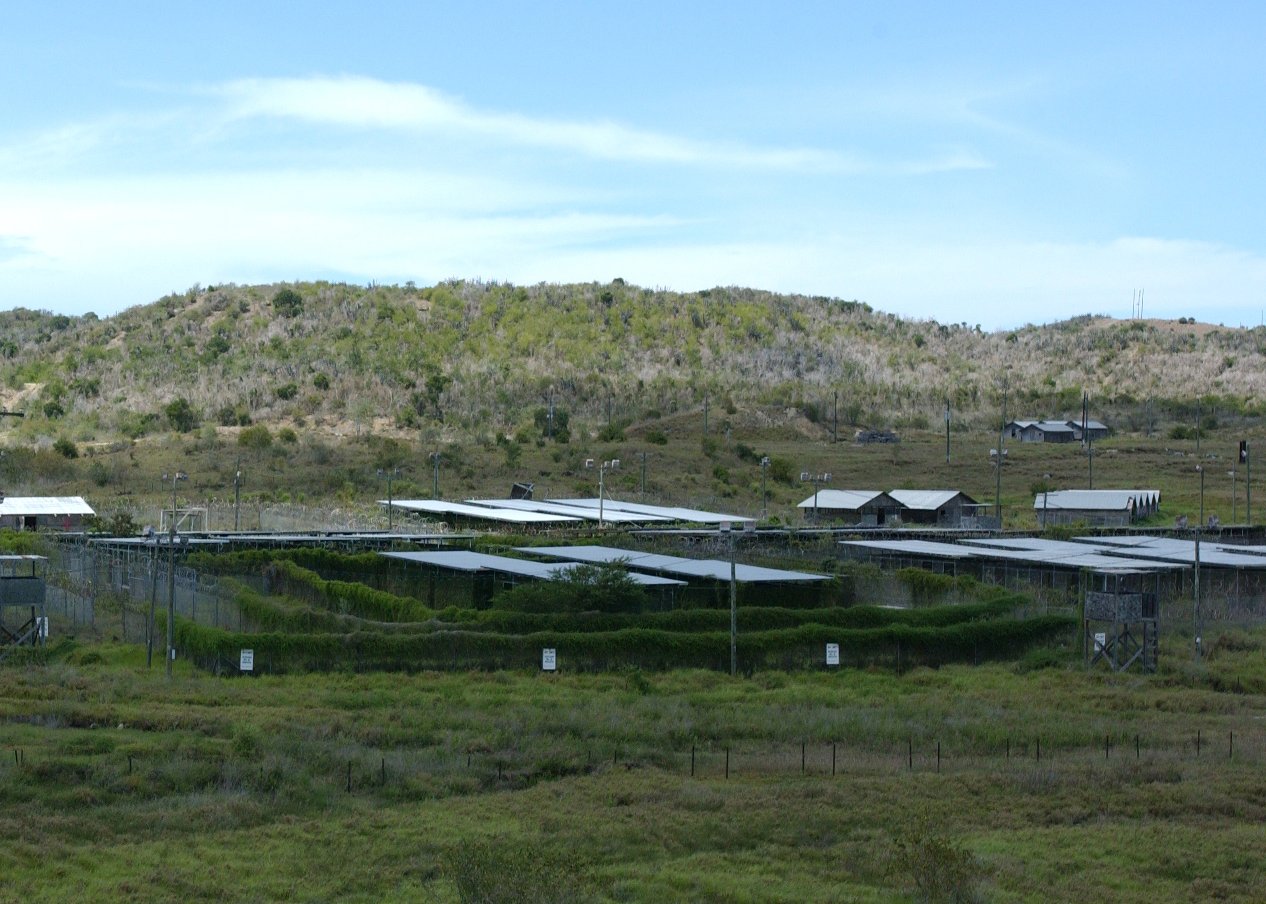 Kevin Cowan, Wikimedia Commons
Kevin Cowan, Wikimedia Commons
Hiding The Truth
Apparently, in 2002, the United States Department of Defense had stopped reporting certain things—specifically the number of detainees who attempted to take their own lives. Instead of classifying them as what they were, they called them “acts of self-injurious behavior”. This means that any accurate data regarding this is definitely skewed.
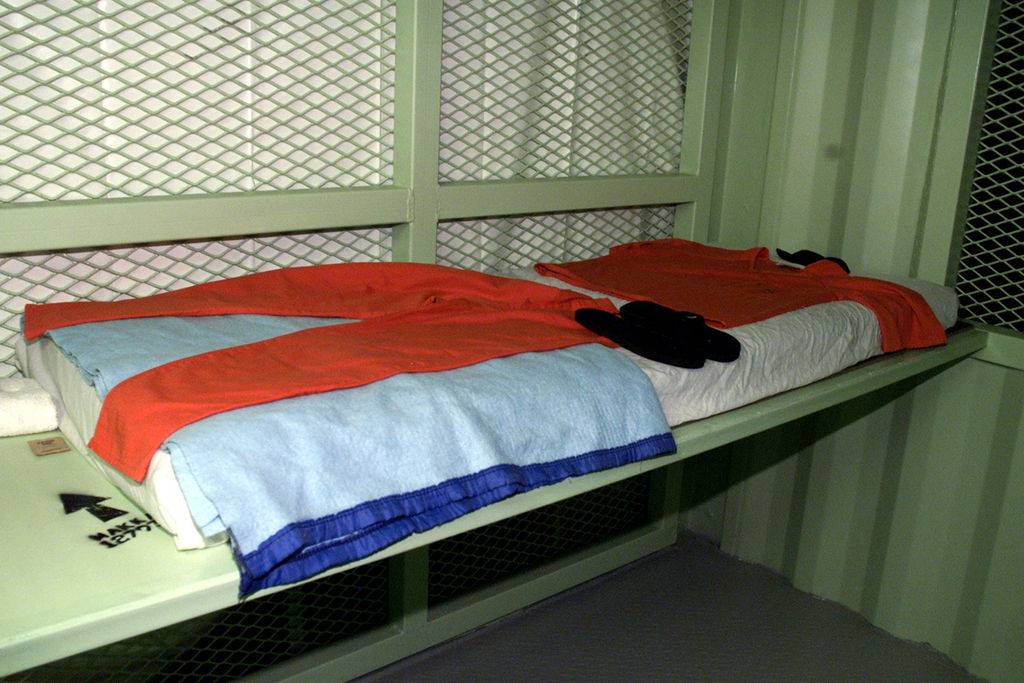 Stephen Lewald, Wikimedia Commons
Stephen Lewald, Wikimedia Commons
The Only Way Out
In 2005, the US military revealed that in 2003 alone there were 350 incidents of “self harm”—and 120 of them involved attempted hangings. And later, 23 detainees participated in a mass group attempt. According to released inmates, many of these men believed they were there for life, and that this was their only way out.
However, none of them were successful—not yet anyway.
Something Didn’t Add Up
In 2006, three prisoners were successful at taking their own lives, and it was reported as the first inmate deaths at the Guantanamo Bay detainment camp. Which, considering the camp's reputation for deadly torture practices, was not well received. Also, two of the three men were apparently cleared for release, and “happy to be going home”. Which begs the question, why would they do it?
Investigators went full throttle on this one.
 U.S. Navy photo by Mass Communication Specialist 2nd Class Kevin S. O'Brien, via Wikimedia Commons
U.S. Navy photo by Mass Communication Specialist 2nd Class Kevin S. O'Brien, via Wikimedia Commons
Whistleblowers
To make matters worse, in 2008, the NCIS released a “heavily redacted” report of its investigation into the three deaths, removing some seriously sensitive information. This caused four former guards to suddenly speak up—and what they revealed was horrifying.
 Joshua Treadwell, Wikimedia Commons
Joshua Treadwell, Wikimedia Commons
The Cover Up
Apparently, the former Guantanamo guards asserted that the Department of Defense (DoD) had initiated a “cover up” of deaths resulting from torture during interrogation. And some people think there’s far more people (and more deaths) involved in the truth.
But the DoD held strong to their argument, claiming that the men who took their own lives were absolutely guilty, “dangerous, and committed to killing Americans”. They also believed that these loss of life attempts were “a ploy to manipulate the system” to have detainees set free.
But even with witness accounts, Guantanamo prevailed.
 Navy Petty Officer 2nd Class Michael Billings, Wikimedia Commons
Navy Petty Officer 2nd Class Michael Billings, Wikimedia Commons
Justice Was Not Served
After a lengthy investigation, no military personnel were prosecuted for the deaths of the three men—one of whom was a 16-year-old student when he was apprehended, and 21 at the time of his demise, and believed to have simply been in the wrong place at the wrong time when he was captured.
Only a year later, another death occurred at Guantanamo. This time, it was a “high-value detainee” from Camp 5.
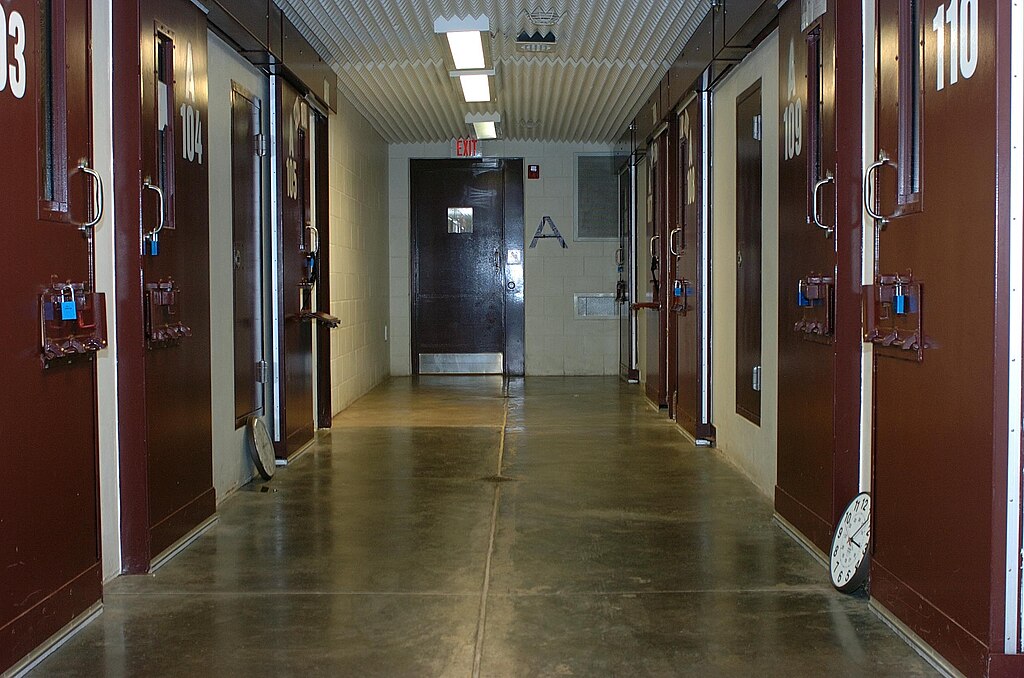 Michael Billings, Wikimedia Commons
Michael Billings, Wikimedia Commons
Another Cover Up
Remember when we said that US officials claimed only three men took their own lives? Well, by 2007, a fourth death was reported. A Saudi prisoner who had been interrogated not long beforehand was found hanging from a vent in his cell—or so they claim.
His name was Abdul Rahman Ma'ath Thafir al Amri, and he was one of the worst prisoners at Guantanamo.
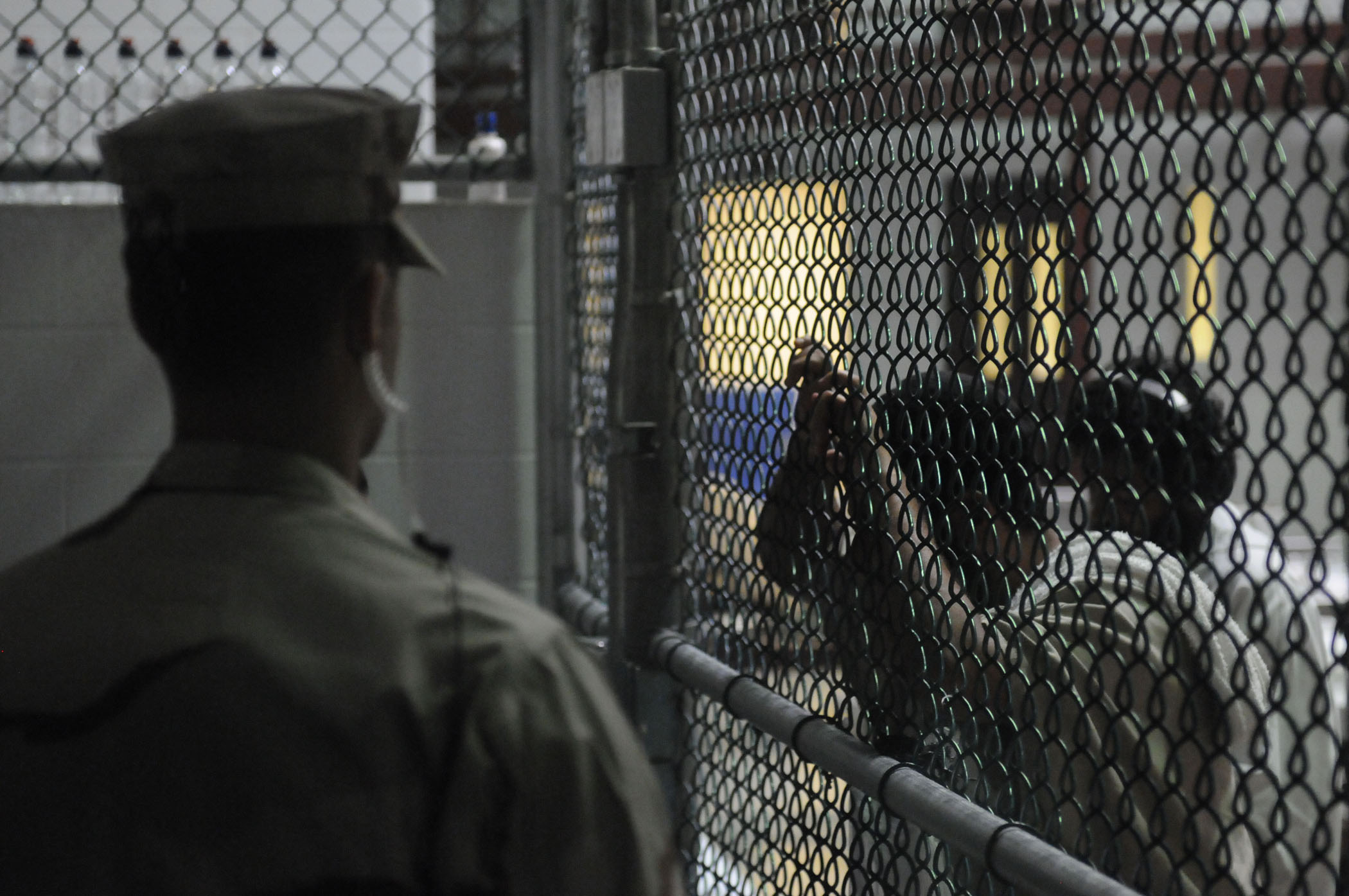 U.S. Navy photo by Mass Communication Specialist 3rd Class Joshua Nistas, Wikimedia Commons
U.S. Navy photo by Mass Communication Specialist 3rd Class Joshua Nistas, Wikimedia Commons
A Heavily Trained Assassin
Al Amri was reportedly a military veteran of the Saudi army, who was heavily trained (especially with an AK-47) and went to Afghanistan to fight with the Taliban. According to a journalist of the Miami Herald, he was never allowed to meet with an attorney.
In May of 2007, Al Amri was found hanging, lifeless in his cell, but the circumstances didn’t add up.
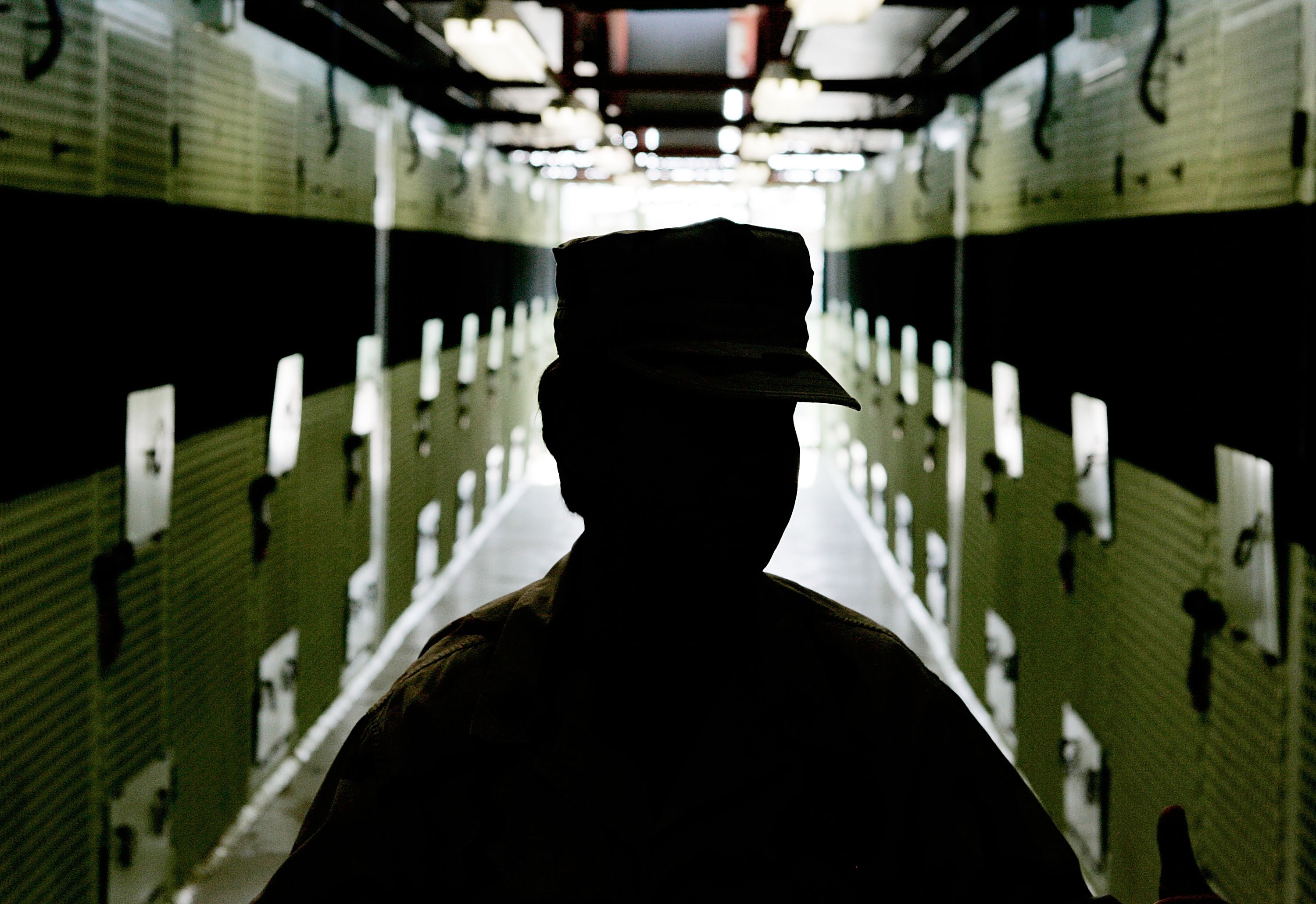
A Staged Performance
Aside from the vent possibly being too high for him to reach, he was also found with his hands “tied in a snug fashion behind his back”. He also apparently didn’t have time to carry out the act in the allotted time while he was under surveillance.
The sketchy deaths don’t end here, either.
 Elisha Dawkins, Wikimedia Commons
Elisha Dawkins, Wikimedia Commons
The Number Keeps Climbing
In 2009, a fifth person was reported to have taken their own life. A 31-year-old prisoner from Yemen did so by tying a piece of elastic underwear strap around his neck. This wasn’t his first attempt, either.
But what happened during the investigation is what they don’t want you to know.
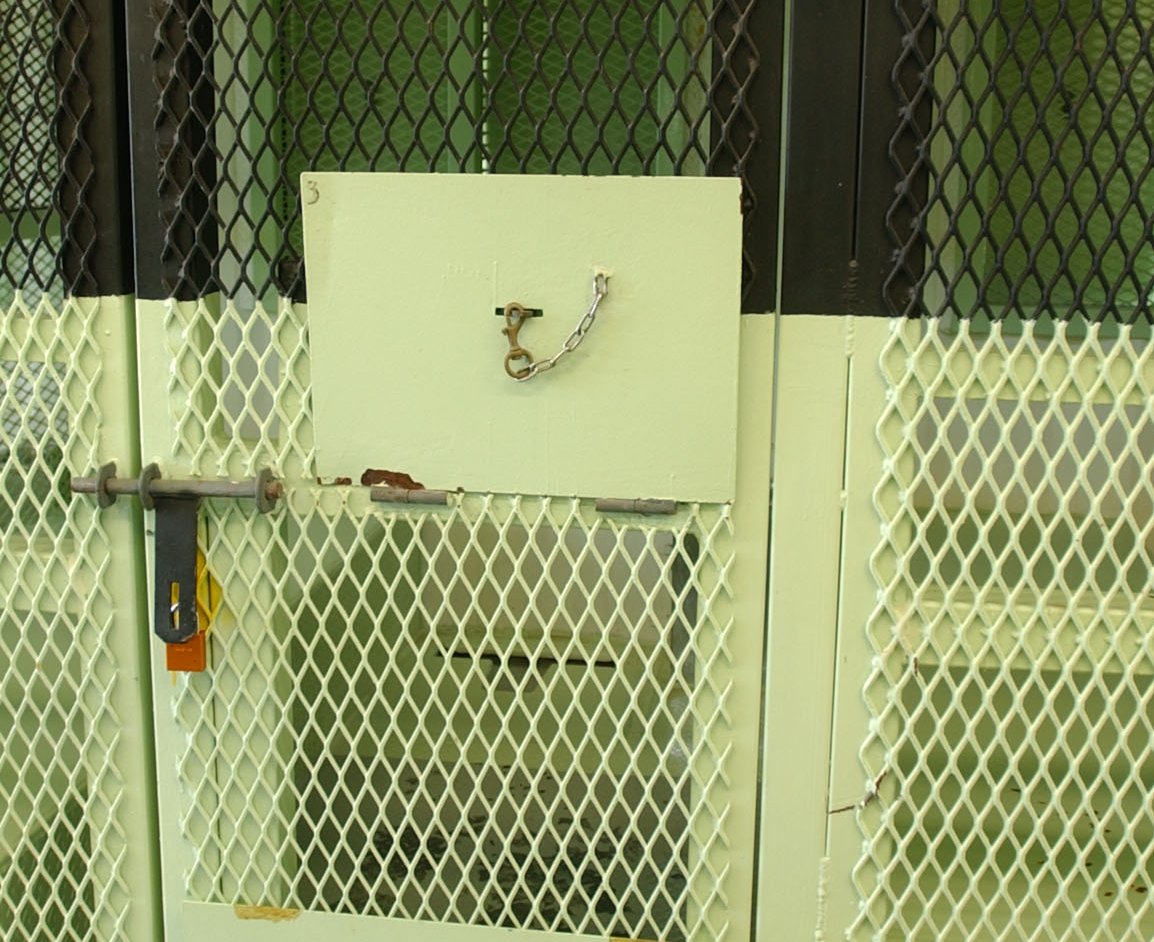 US Federal Government, Wikimedia Commons
US Federal Government, Wikimedia Commons
He Said, She Said
At the time of the investigation, someone had apparently told the staff to turn off computers and stop logging information. So, of course, records of what actually happened don’t exist.
Not only that, one staff member reportedly told the NCIS that they were “surprised” when they saw him “wearing clothing that was not approved”—sparking investigators to question the circumstances surrounding this death as well.
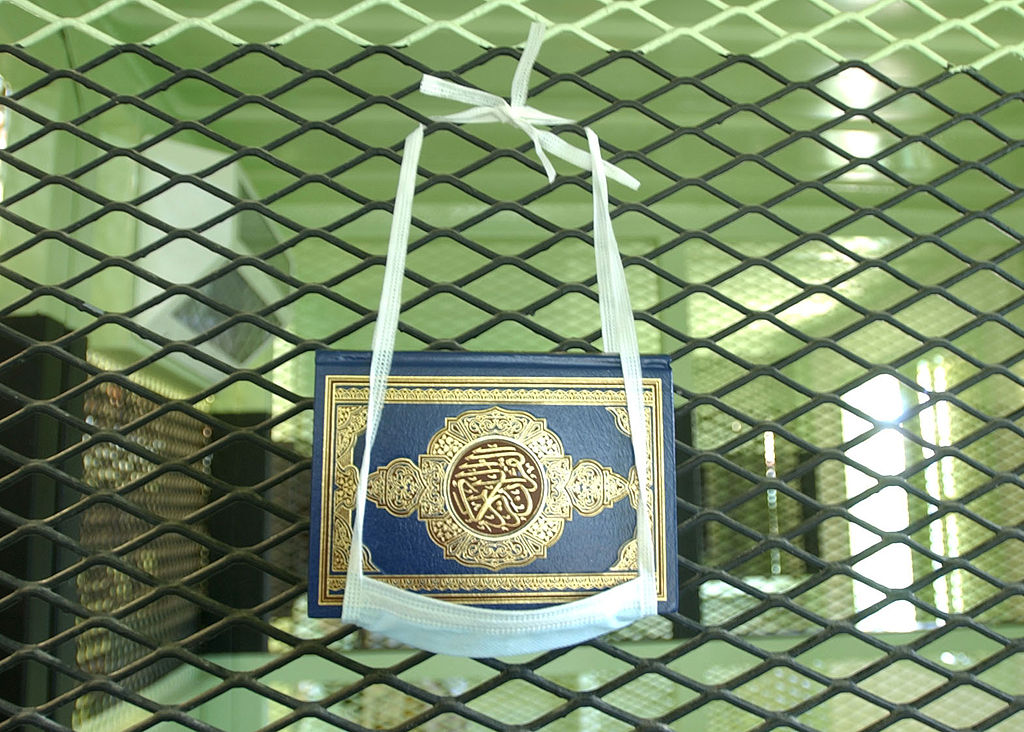 US Federal Government, Wikimedia Commons
US Federal Government, Wikimedia Commons
A Sixth Cover Up
Two years later, a sixth death occurred. This time, it was another “high-value detainee” who the US claims had admitted to being an Al-Qaeda leader. He was at Guantanamo for just under four years, but was apparently held at one of the US black sites for an unknown time prior.
During his time in Guantanamo, he was somewhat of a hothead toward guards, and was accused by other inmates of being an American spy. Either way, this terror leader was apparently an “indefinite detainee” of Guantanamo Bay—and had no future chance of release.
While the circumstances surrounding his death were somewhat disputed, investigators didn’t look too deep into this one.
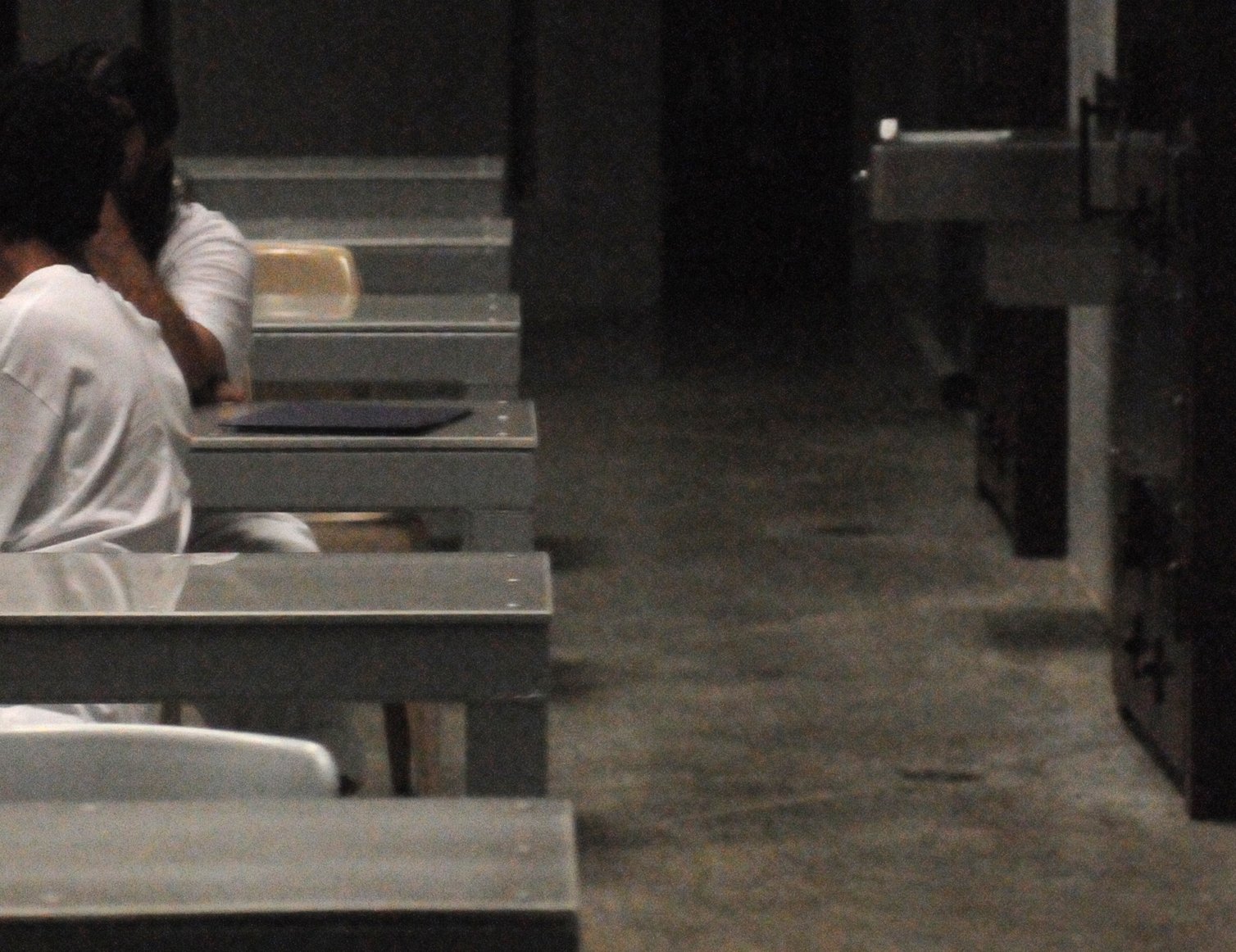 David P. Coleman, Wikimedia Commons
David P. Coleman, Wikimedia Commons
Obama’s Promises
When Barack Obama took over office in 2009, he made promises to cease torture at the camp. He also promised to institute a new review system—except the reviews reported that 71 of the detainees at Guantanamo were labelled as “too innocent to charge” but “too dangerous to release”, even though there was no evidence to charge them with a crime.
In the end, less than a quarter of detainees at Guantanamo received a review at all.
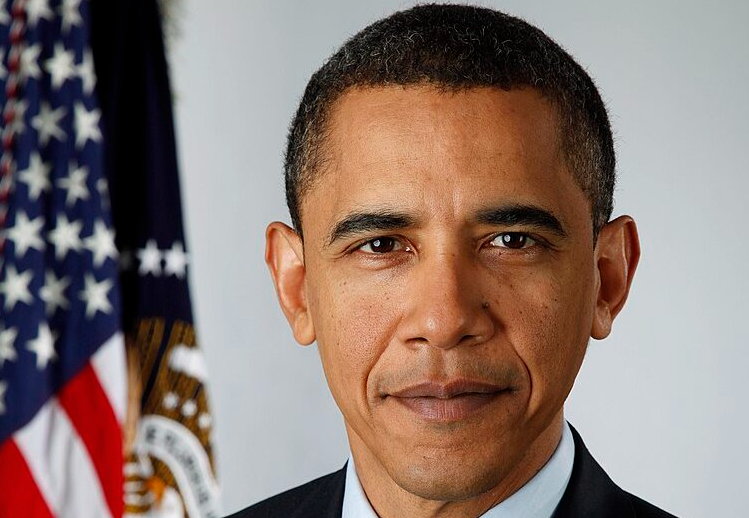 Pete Souza, CC BY 3.0, Wikimedia Commons
Pete Souza, CC BY 3.0, Wikimedia Commons
Prisoner Nationalities
Of all prisoners at Guantanamo, Afghans were the largest group (29%), followed by Saudi Arabians (17%), Yemenis (15%), Pakistanis (9%), and Algerians (3%). Overall, 50 nationalities were present at the camp.
And although the Bush administration claimed most of the men had been captured fighting in Afghanistan—the truth was actually much darker.
The Enticing Bounty
Circling back to the surge of inmates in 2003, a report done in 2006 reviewed data for over 500 of remaining men and discovered the real reason for their captures—and it wasn’t terror attacks.
In fact, over 80% of the detainees had actually been captured by Pakistanis and Afghans, and offered to the US in exchange for bounty payments. This put a serious stain on the US’s honorable reputation.
And then more came to light.
Advertising In Afghanistan
Apparently, when this bounty situation was taking place, the US “widely distributed” leaflets in the region, offering $5,000 per prisoner—a number that was hard to resist for much of the starving population.
US officials may have thought they were doing the right thing, and getting help from Afghan revolutionaries may have seemed like a smart idea at the time—but it had dire consequences.
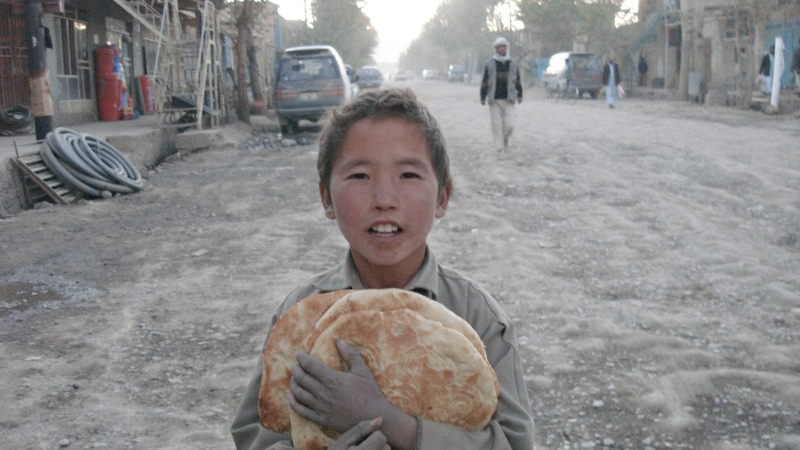 Tahirshah999, Wikimedia Commons
Tahirshah999, Wikimedia Commons
Guilt Was Irrelevant
Considering much of these parts of Afghanistan were poverty stricken, $5,000 in US cash was more than a hefty payday for some. And whether or not people were guilty was no longer relevant. Afghan citizens started handing over anyone they didn’t like, regardless of what they did or did not do.
One proven example was Adel Noori, a Chinese Uyghur man who was sold to the US by Pakistani bounty hunters. Noori spent seven years in Guantanamo, despite it becoming clear early on that he was innocent.
In fact, most detainees were low-level offenders who were not affiliated with organizations on US terror lists.
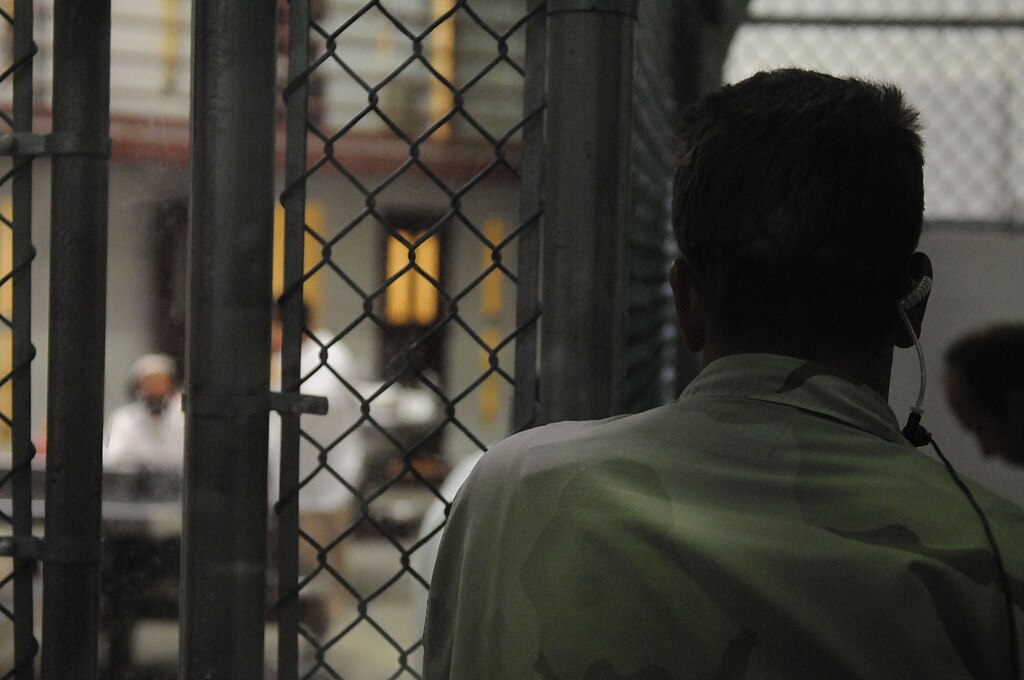 Joshua Nistas,Wikimedia Commons
Joshua Nistas,Wikimedia Commons
The Triumph Of Human Rights Advocates
After years of intense scrutiny, the majority of inmates at Guantanamo Bay were released without charge. About half of them were sent to other prisons in the country, or to prisons in their home countries.
But as mentioned earlier, it was nearly impossible to tell who was truly innocent, and who was manipulating the system. And once again, the government's decision backfired.
 Jayme Pastoric,Wikimedia Commons
Jayme Pastoric,Wikimedia Commons
The Mass Release
By May 2011, 600 detainees were released, keeping the most dangerous ones tightly locked up still. However, a father-son duo managed to sneak a release after serving 18 years in Guantanamo Bay.
The two men allegedly provided “material support” to Al-Qaeda, and were captured for their legitimate connection to the terror group. However, their lawyers jumped on the release bandwagon and managed to put up enough of a fight that the US apparently “gave up” on taking them to trial again, and allowed their release.
Naturally, many people wonder where these released “criminals” end up after they leave Guantanamo. And sadly, your worst fears may just come true.
 Brian Godette, Wikimedia Commons
Brian Godette, Wikimedia Commons
Back To Work
While it is believed that many of the “innocent” men who got released attempted to reintegrate into normal life, there are actually some who went back to their life of crime. Ibrahim Al Qosi is a prime example.
Al Qosi spent just over 10 years in Guantanamo, and was charged with “low-level support of Al-Qaeda”. But after a demand for proper trials, he was awarded time in court where he pleaded guilty in a plea bargain in 2010, and was transferred to Sudan in 2012 with the intent of participating in a reintegration program—but he had other plans.
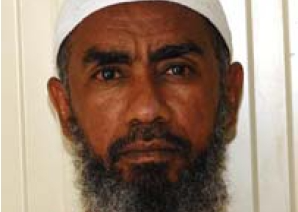 ISN 54's Guantanamo detainee assessment.pdf, Wikimedia Commons
ISN 54's Guantanamo detainee assessment.pdf, Wikimedia Commons
Avenging America
Not long after Al Qosi was sent back to Sudan, he took off to Yemen and joined Al-Qaeda in the Arabian Peninsula—and even became a leader, appearing in video releases by the terror group, avenging against America for his time in Guantanamo.
In 2019, with their tail between their legs, the US admitted they let a terror leader go, and offered $4 million to anyone who could provide information about his whereabouts. This was a big “oops!” on their part—and started an uproar in America.
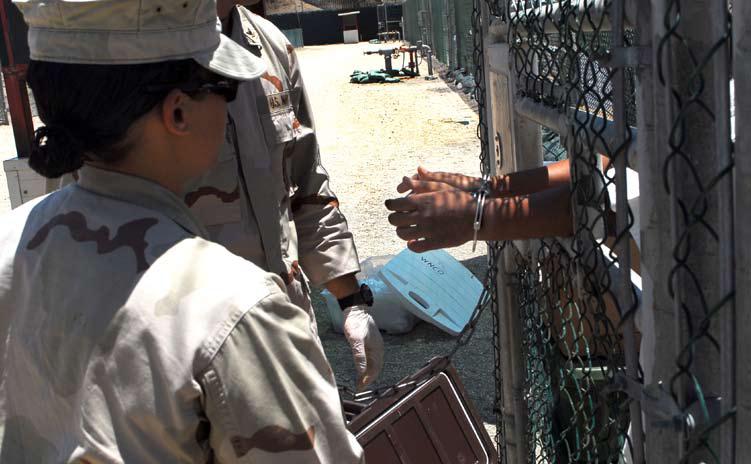 Michael Baltz, Public domain, via Wikimedia Commons
Michael Baltz, Public domain, via Wikimedia Commons
One Step Forward, Five Steps Back
As much as human rights advocates want Guantanamo Bay shut down, there is a large portion of people who truly believe the detainees deserve to be there. However, the system makes it drastically hard to keep them there.
In 2008, the US military charged five men with committing the September 11 attacks, under the military commission system, as established under the Military Commissions Act of 2006 (MCA). But it was then determined that the MCA was “unconstitutional”, and the men’s trials went up in the air.
Currently, all five men remain at Guantanamo Bay.
 Daryl Madrid, Wikimedia Commons
Daryl Madrid, Wikimedia Commons
Give And Take
Last year, in 2024, more detainees were released, including a Malaysian man who pleaded guilty to terror attacks in Bali but ended up testifying against the ringleader in exchange for his release. These transfers were in response to calls to end the detention center entirely. But the US couldn’t just let them all go.
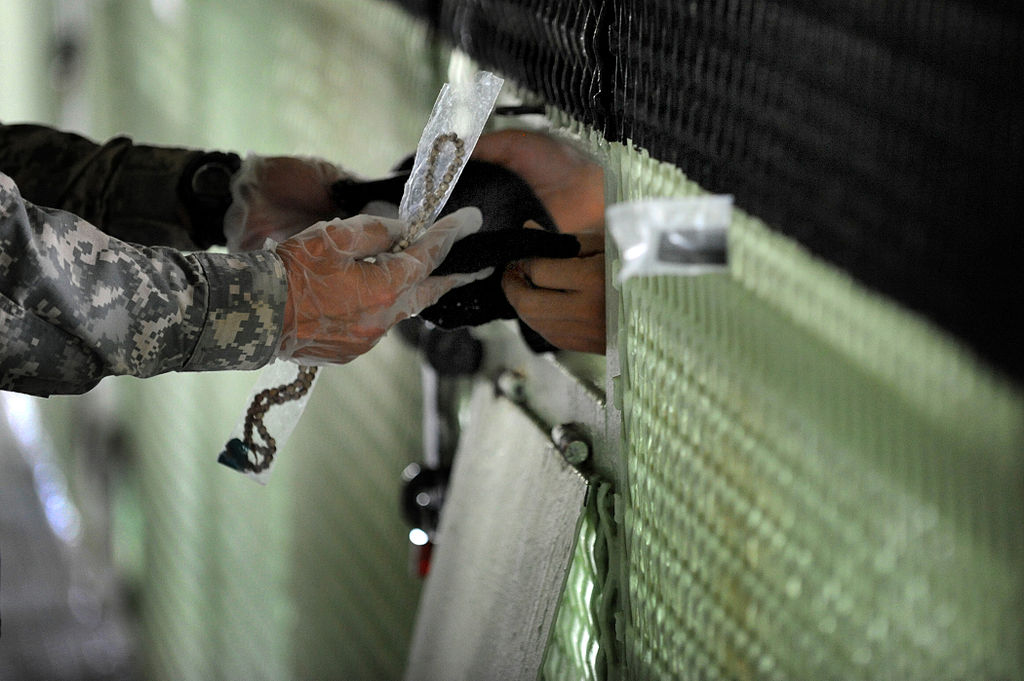 Sgt. Michael Holzworth, Wikimedia Commons
Sgt. Michael Holzworth, Wikimedia Commons
A Change In Direction
In 2025, there are 15 men still being held in Guantanamo Bay, all for connections to Al-Qaeda and various other terror activities. And while most people thought this number would only decrease over the years—it’s actually about to go up.
 Emily Greene, Wikimedia Commons
Emily Greene, Wikimedia Commons
Opposing Opinions
Back when Donald Trump was president the first time, he signed an executive order to keep the prison open indefinitely. But when President Joe Biden took over, he announced a review of the camp, with a goal of closing it by the end of his term. Clearly though, this didn’t happen.
And now, with Trump back in office, he has a whole new plan for the infamous prison.
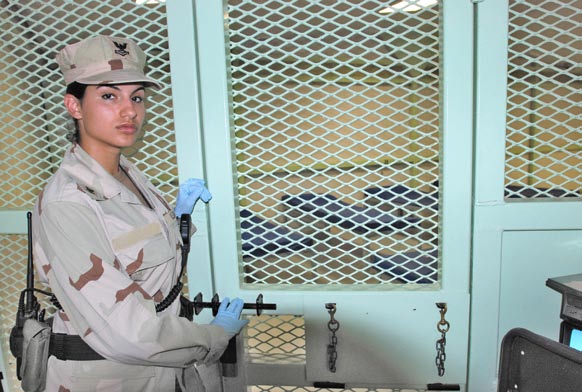 Navy Petty Officer 2nd Class Jeff Johnstone, Public domain, via Wikimedia Commons
Navy Petty Officer 2nd Class Jeff Johnstone, Public domain, via Wikimedia Commons
Deportation To Guantanamo Bay
In January 2025, President Donald Trump announced plans to use the notorious detention facility to hold immigrants he feels should no longer remain on US soil.
According to three government officials familiar with the planning, President Trump’s plan is to expand the prison so that approximately 30,000 undocumented immigrants can be held not only inside the prison facility, but also in tent camps surrounded by fencing.
And he’s already started.
 Gage Skidmore, CC BY-SA 3.0, Wikimedia Commons
Gage Skidmore, CC BY-SA 3.0, Wikimedia Commons
The First Group
As of the beginning of February, President Trump has sent the first group of immigrants to Guantanamo Bay. It’s a group of 10 detainees who are allegedly part of the Tren de Aragua—an organization that originated in Venezuela’s prisons, and is considered to be “high threat”.
However, it’s not only bad guys going to Guantanamo now.
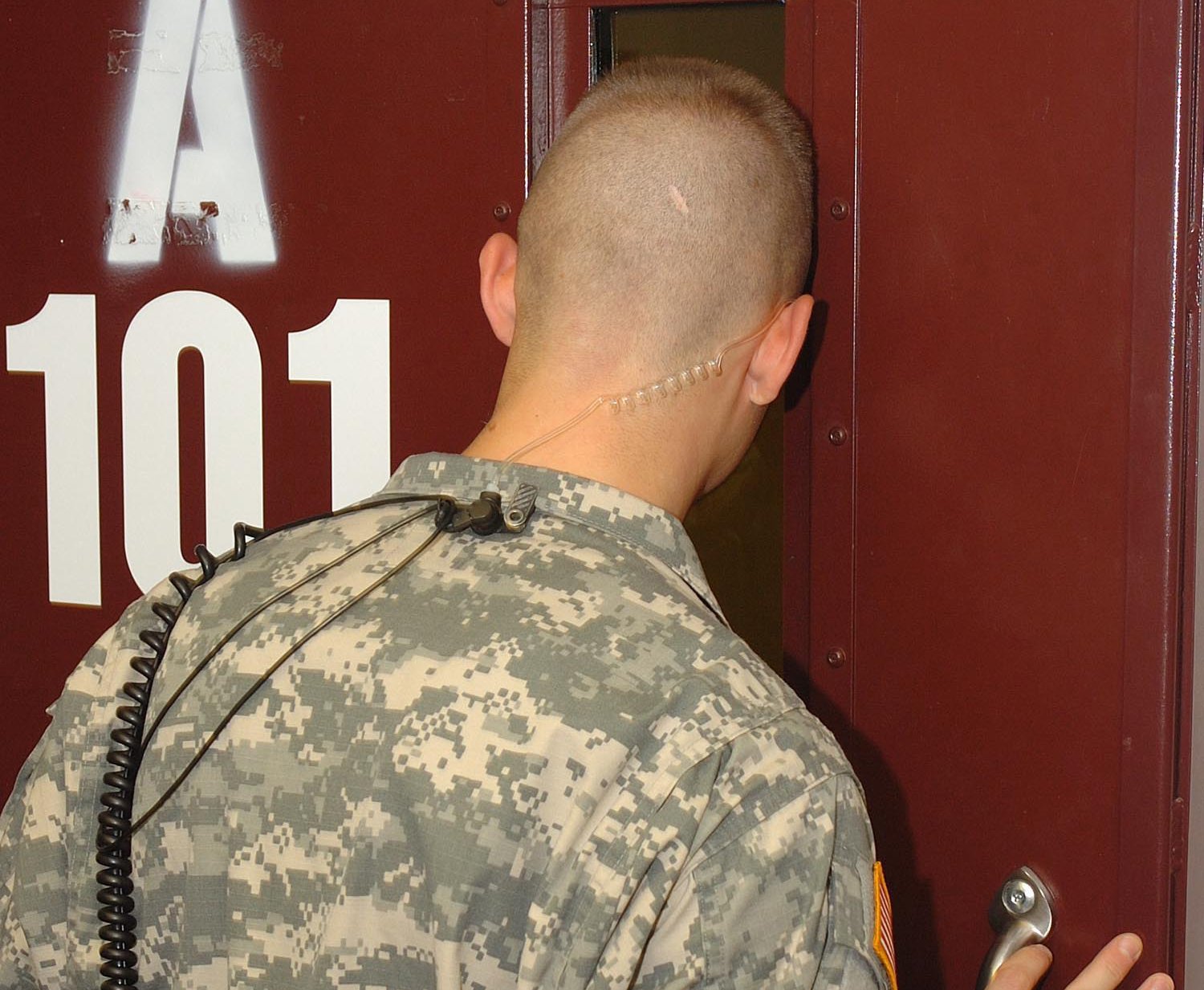 Michael Billings, Wikimedia Commons
Michael Billings, Wikimedia Commons
The Grim Future Of Guantanamo Bay
Guantanamo actually already has an existing facility called the Guantanamo Migrant Operations Center (GMOC), which has apparently been used by both Republican and Democrat administrations to house migrants for decades—mainly migrants picked up at sea. President Trump plans to expand the facility and have it run by Immigration and Customs Enforcement (ICE).
And while we’d like to think Guantanamo Bay will be reserved for offenders only, White House Press Secretary Karoline Leavitt said that while the apprehension of criminals will be prioritized, nobody in the country illegally is "off the table".
You May Also Like:
Photos Of Denmark's Luxurious Maximum-Security Prison
The Dark Truth About Alcatraz
Bloody Facts About The Tower of London, The Infamous Royal Prison

